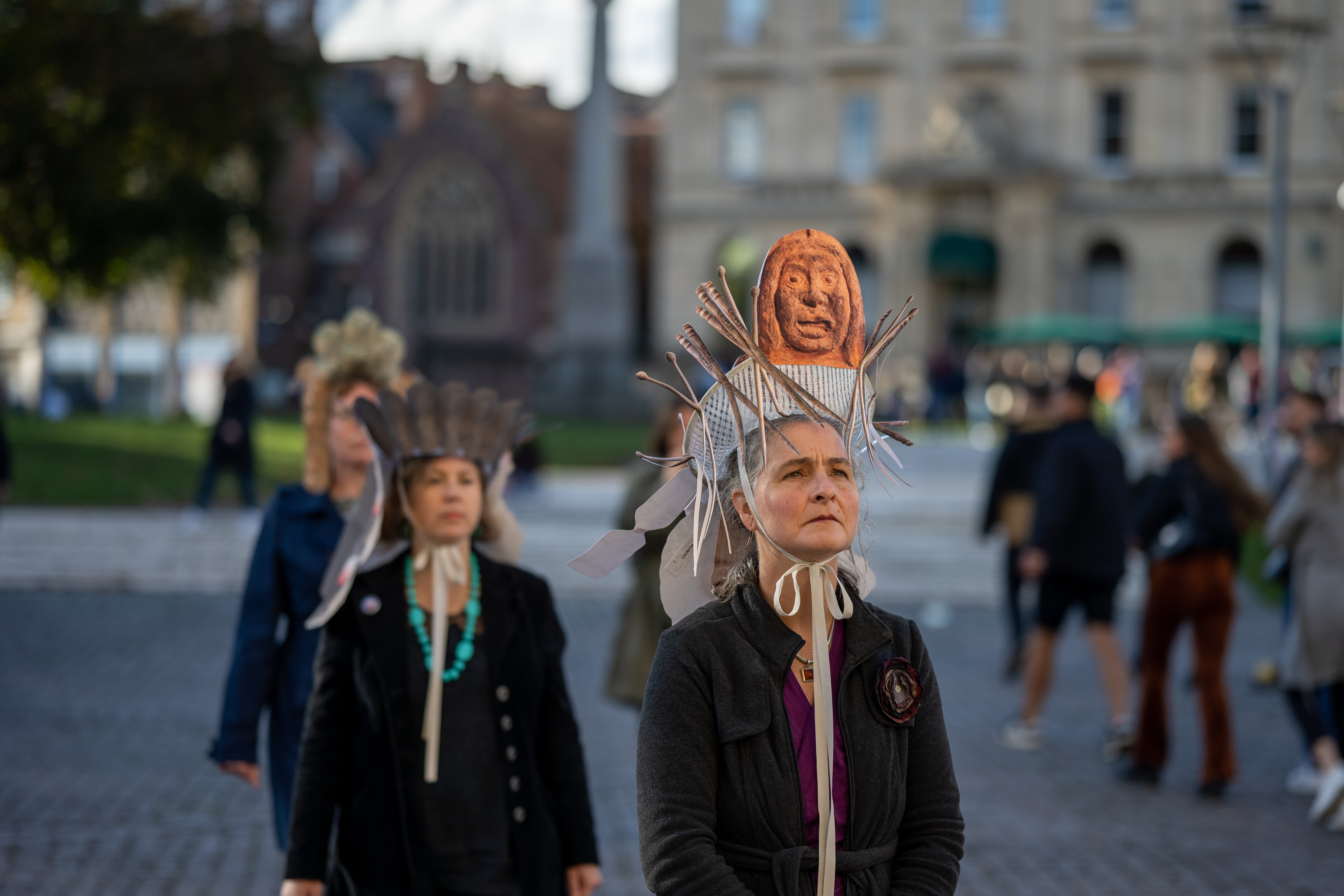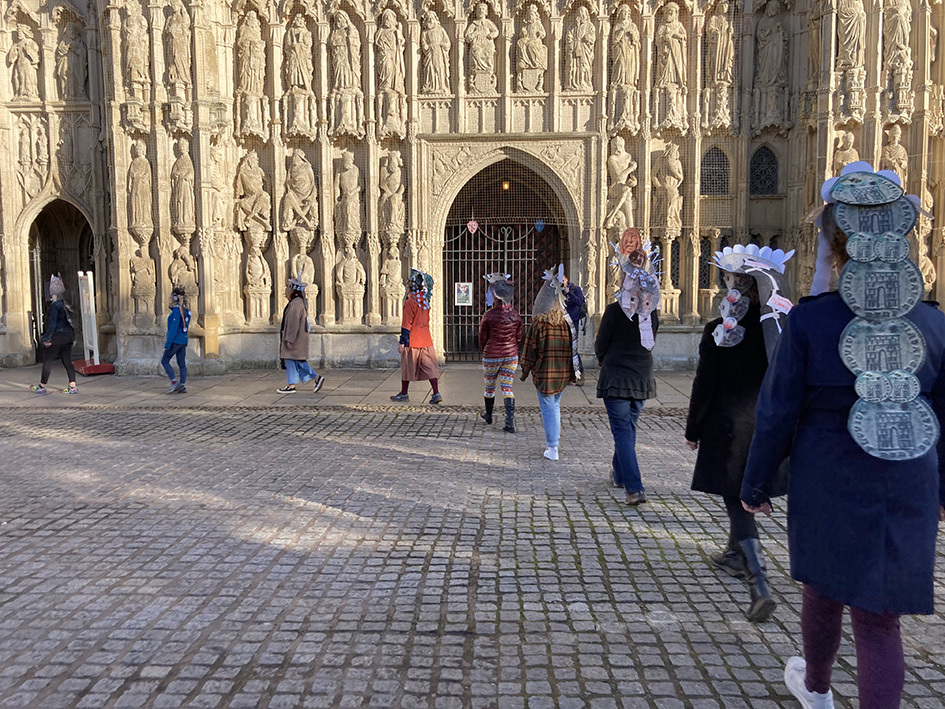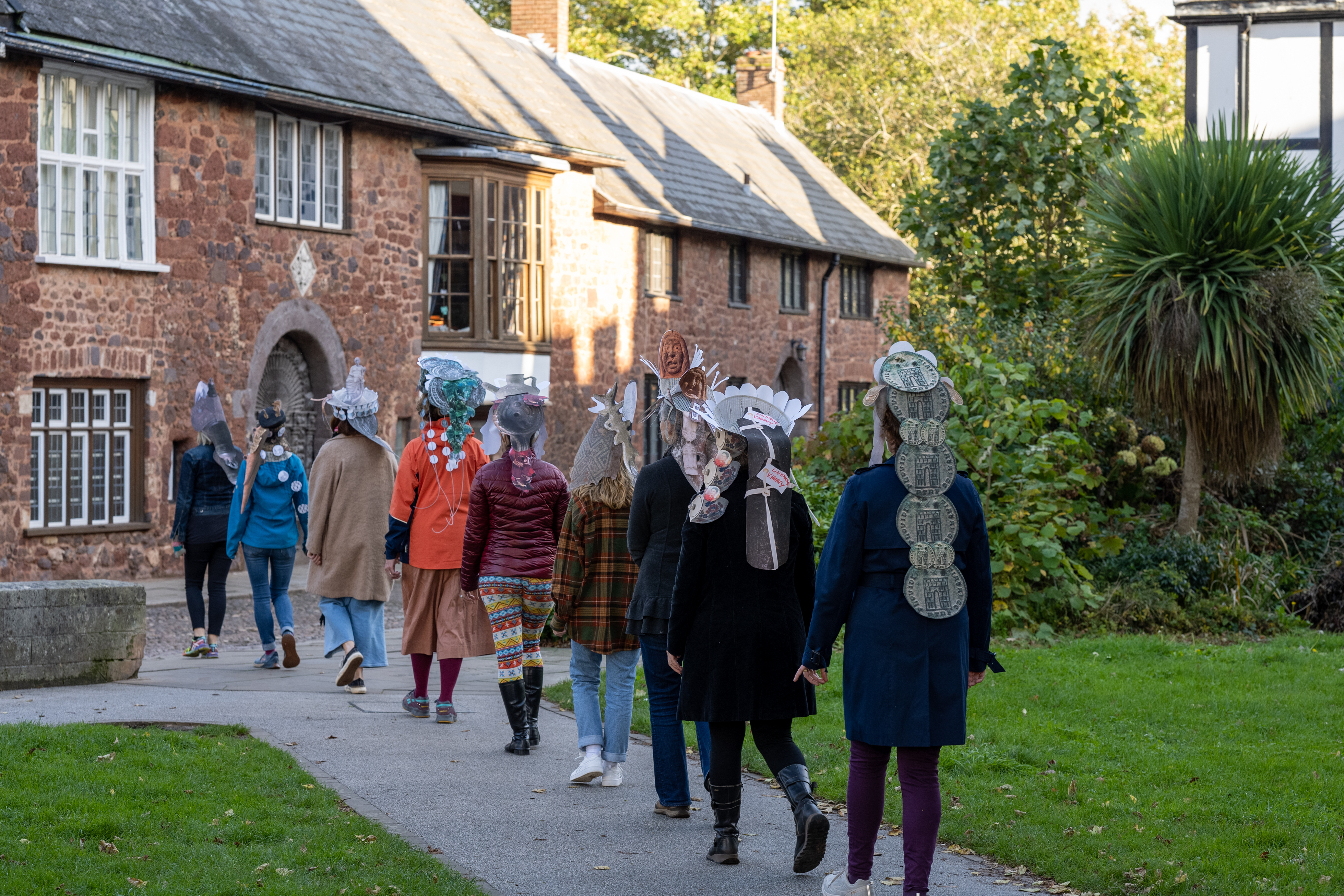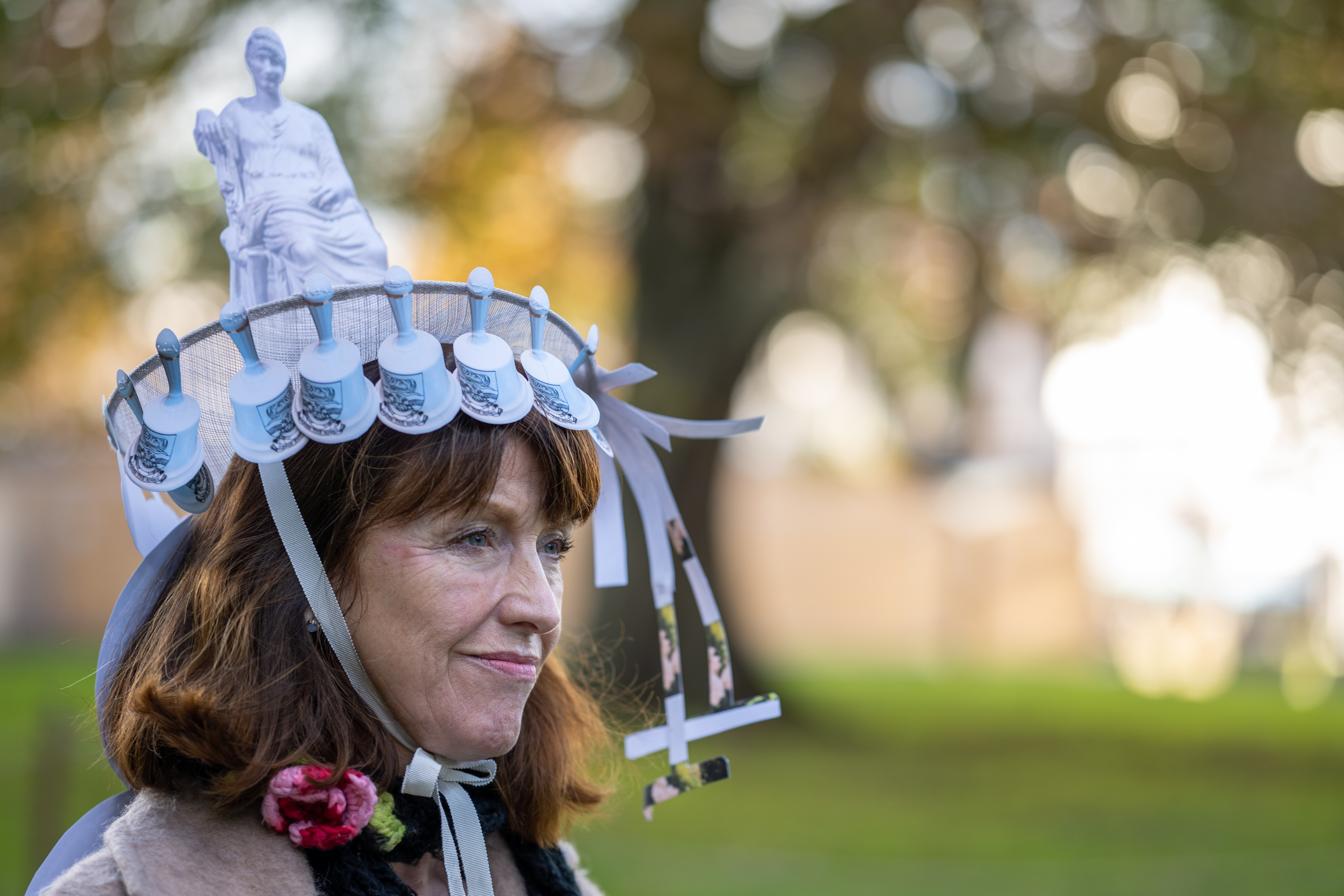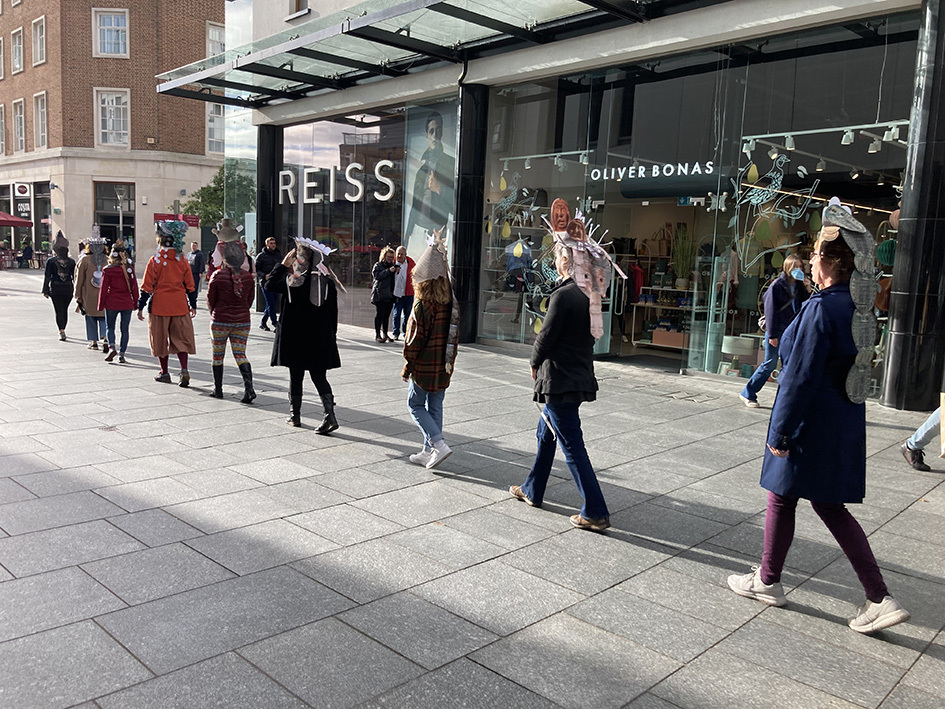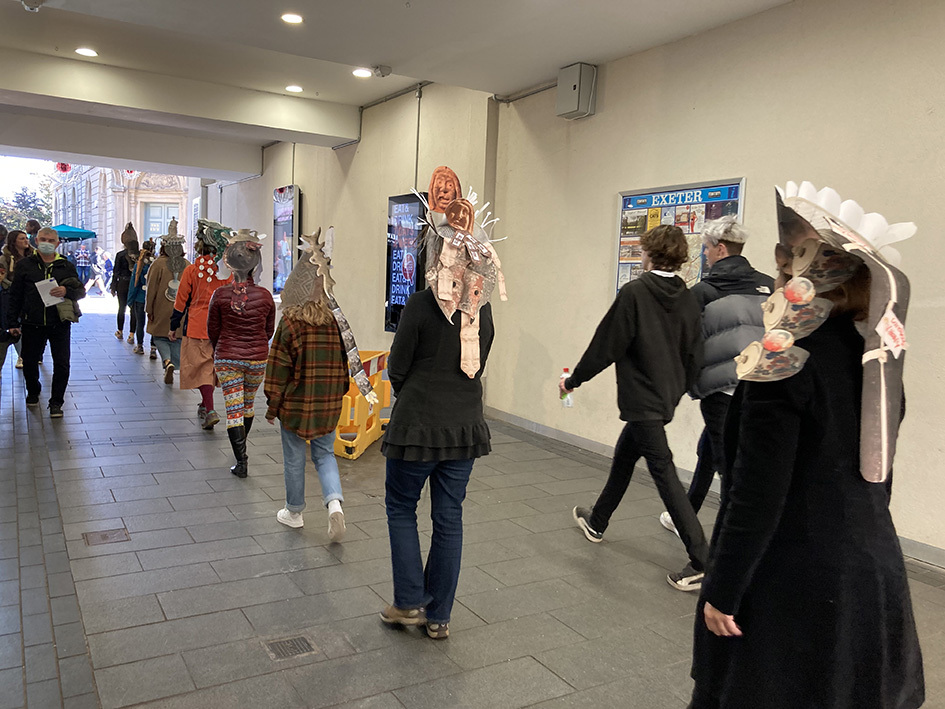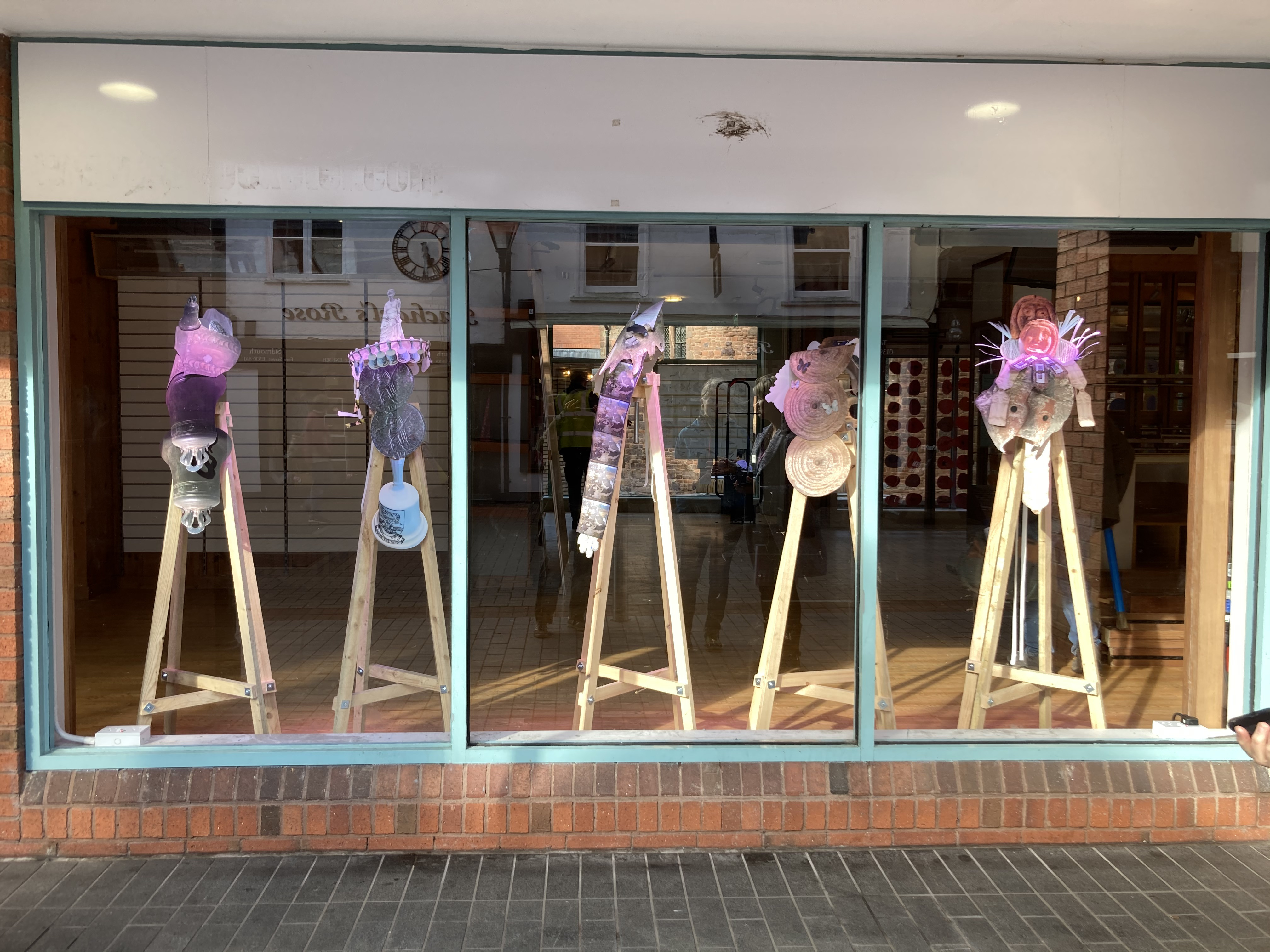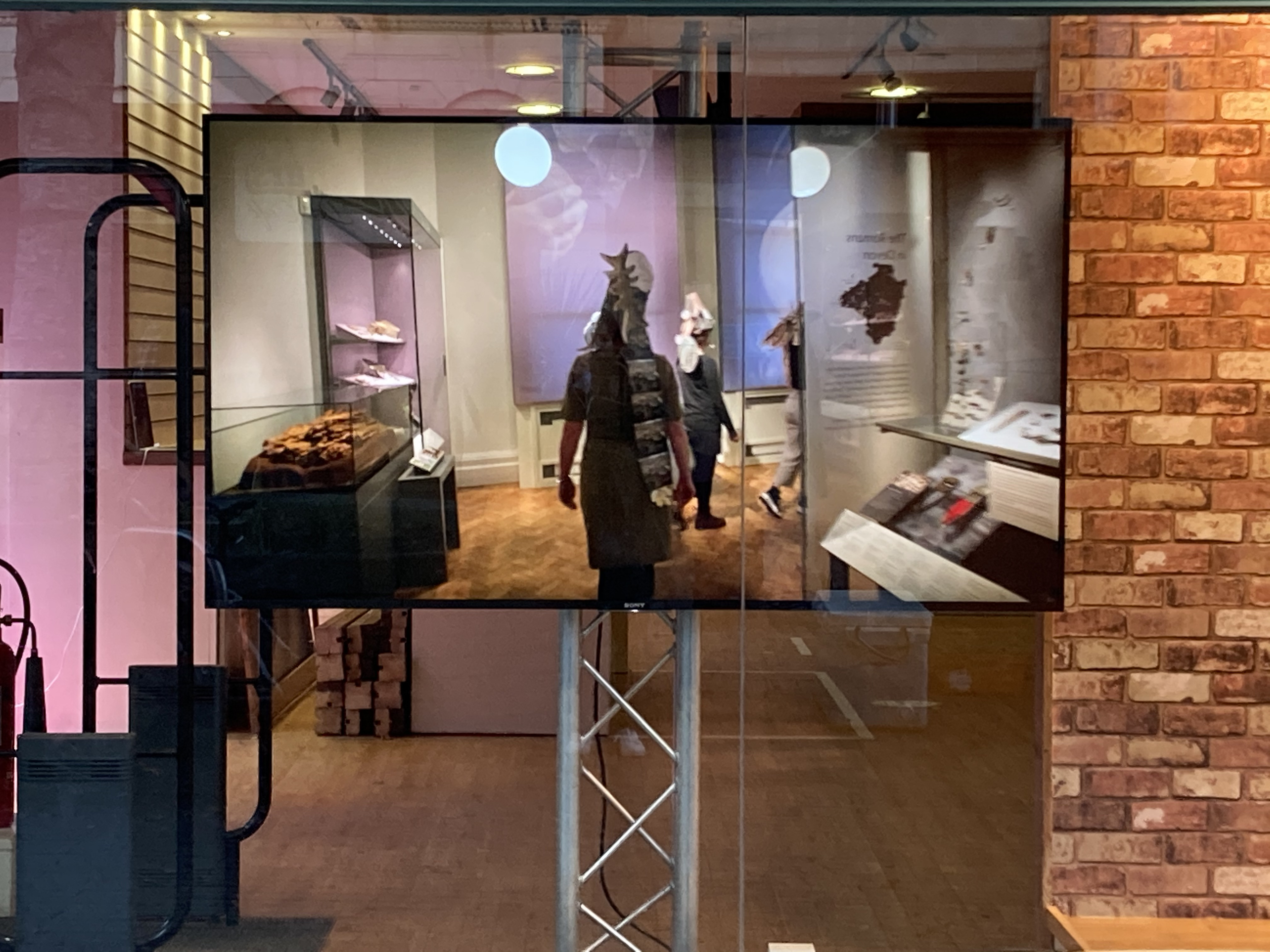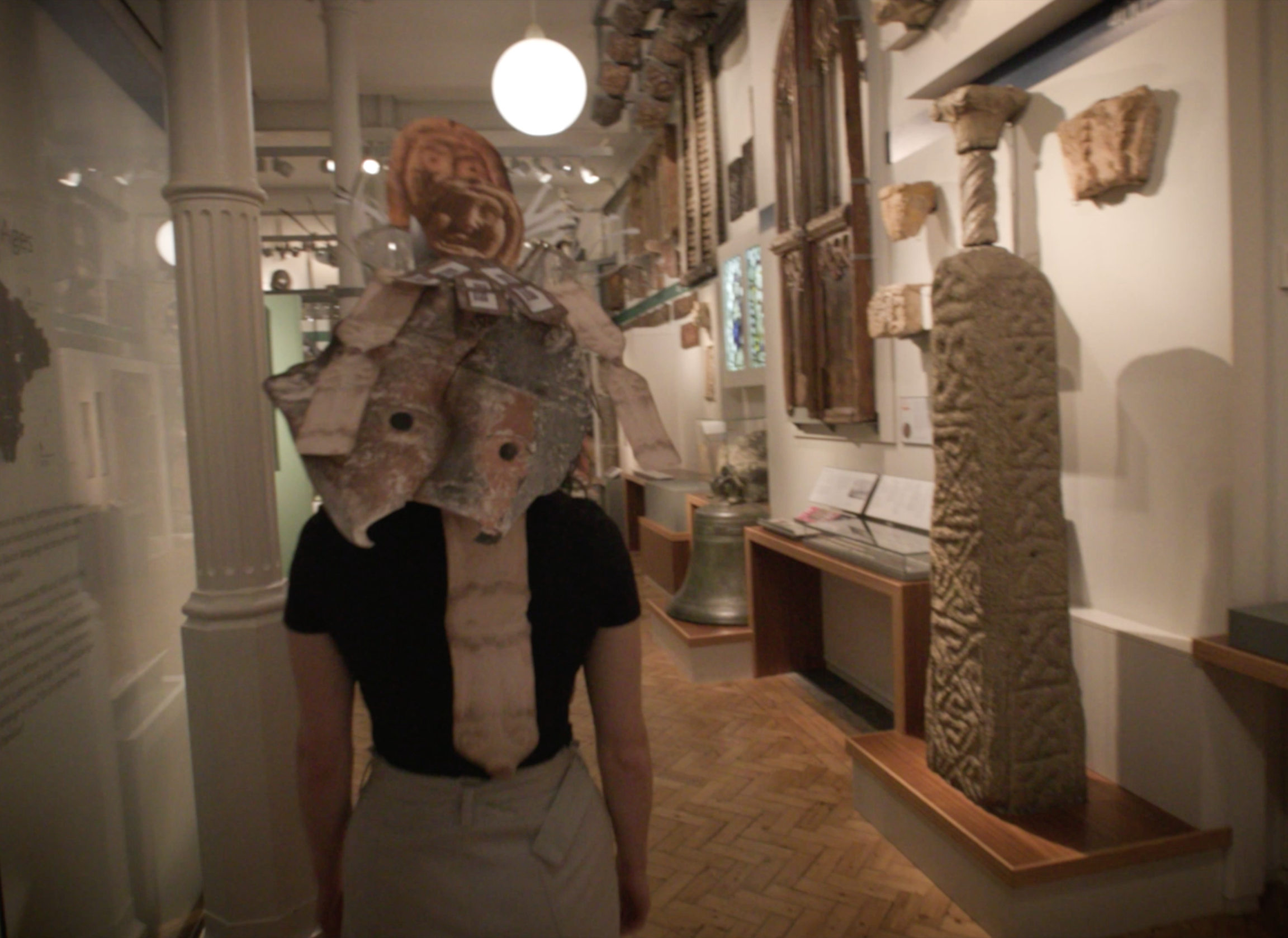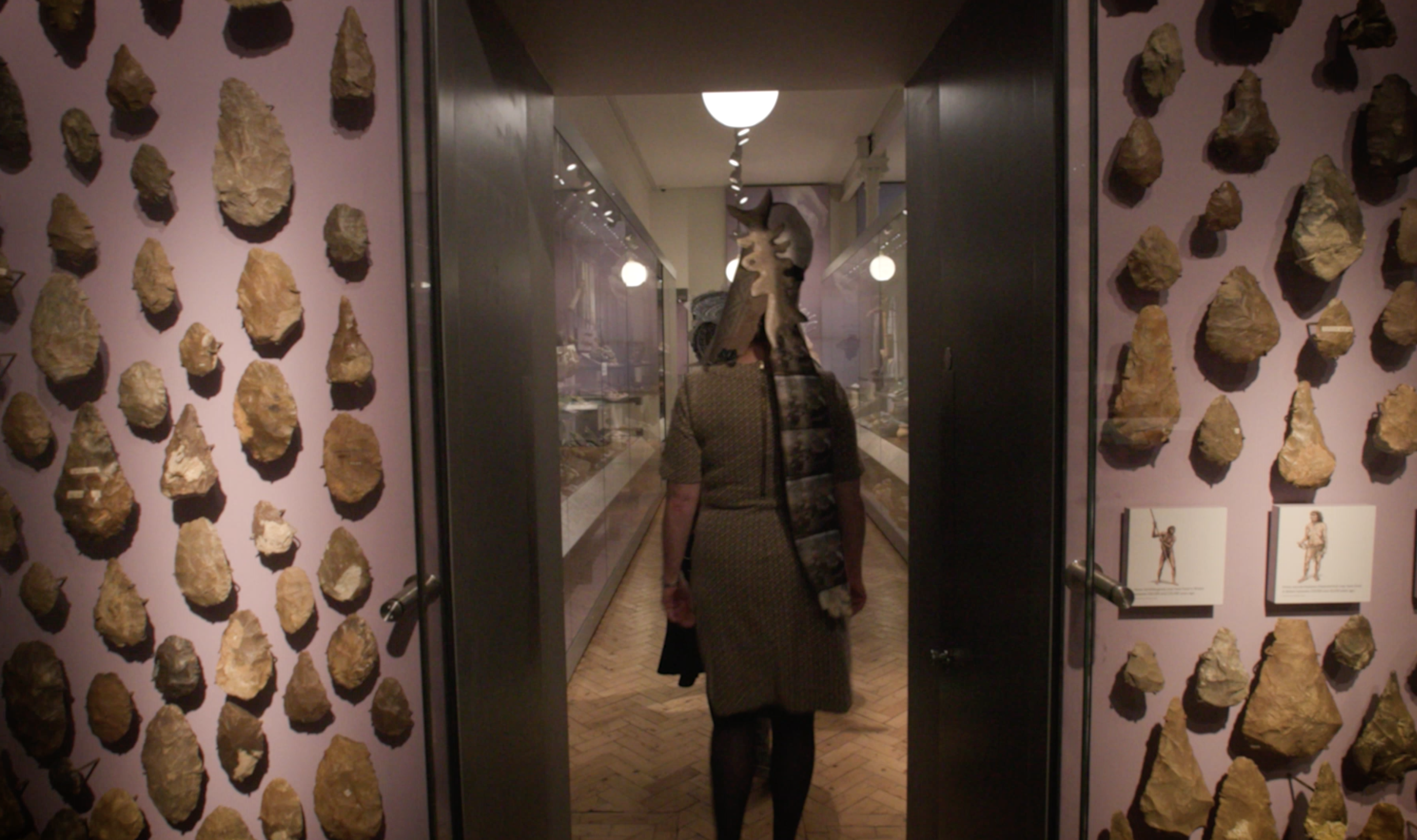Ovation (2021)
12 x Photographic collages and sinamay, Processions, Installation, Video
Museum at Large
Royal Albert Memorial Museum
Exeter
October 2021
'Ovation' (2021) explored how value has been and is ascribed, both to people and objects, through an exploration of the collection at RAMM. Through research of objects in the collection and working with local people, Chong Kwan developed a series of twelve intricate photographic sculptural works, worn and paraded and shown in the centre of Exeter, in homage to the Roman processual and celebratory ‘Ovation’ and as an exploration of the visibility and worth in the public realm.
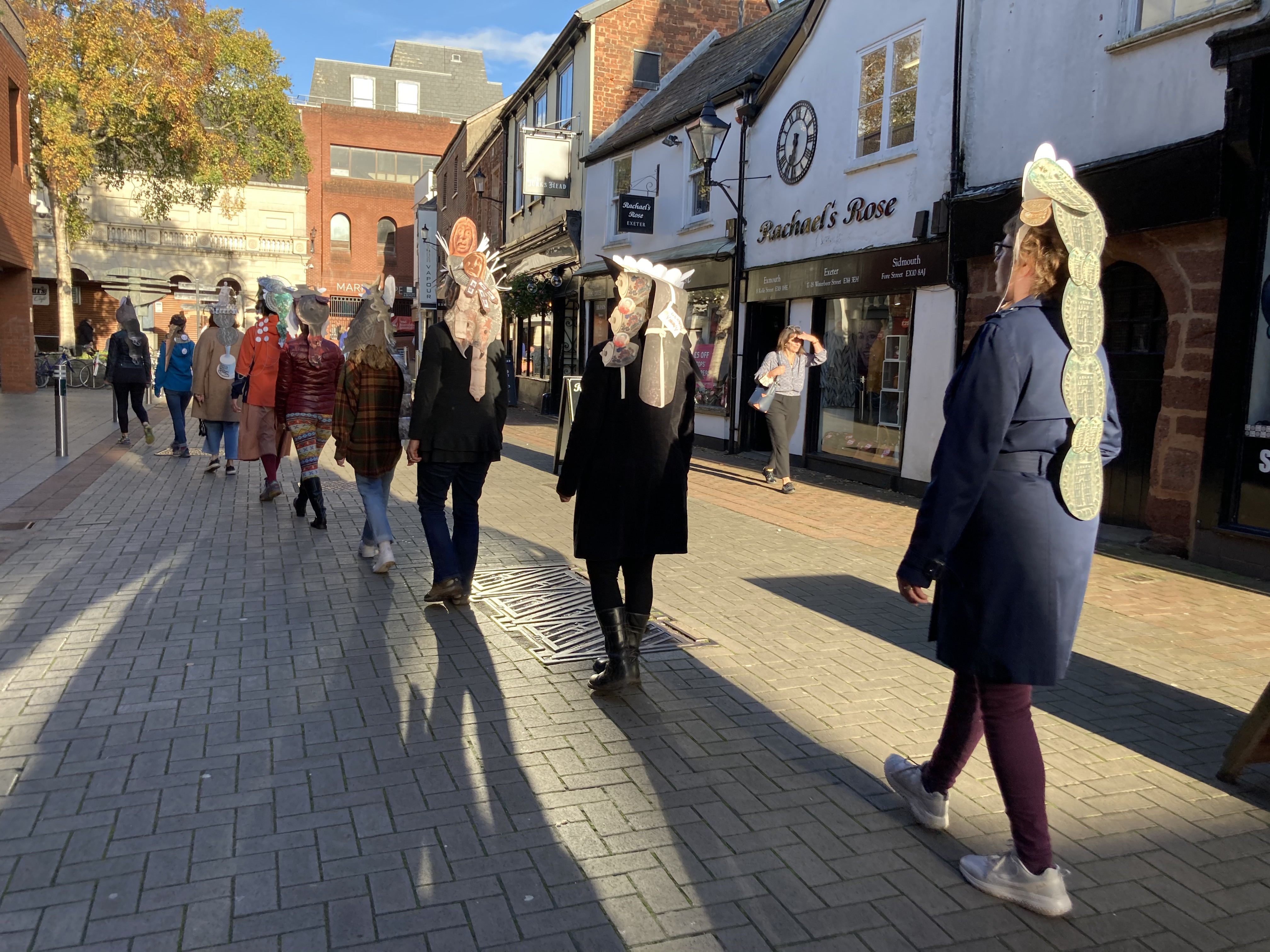
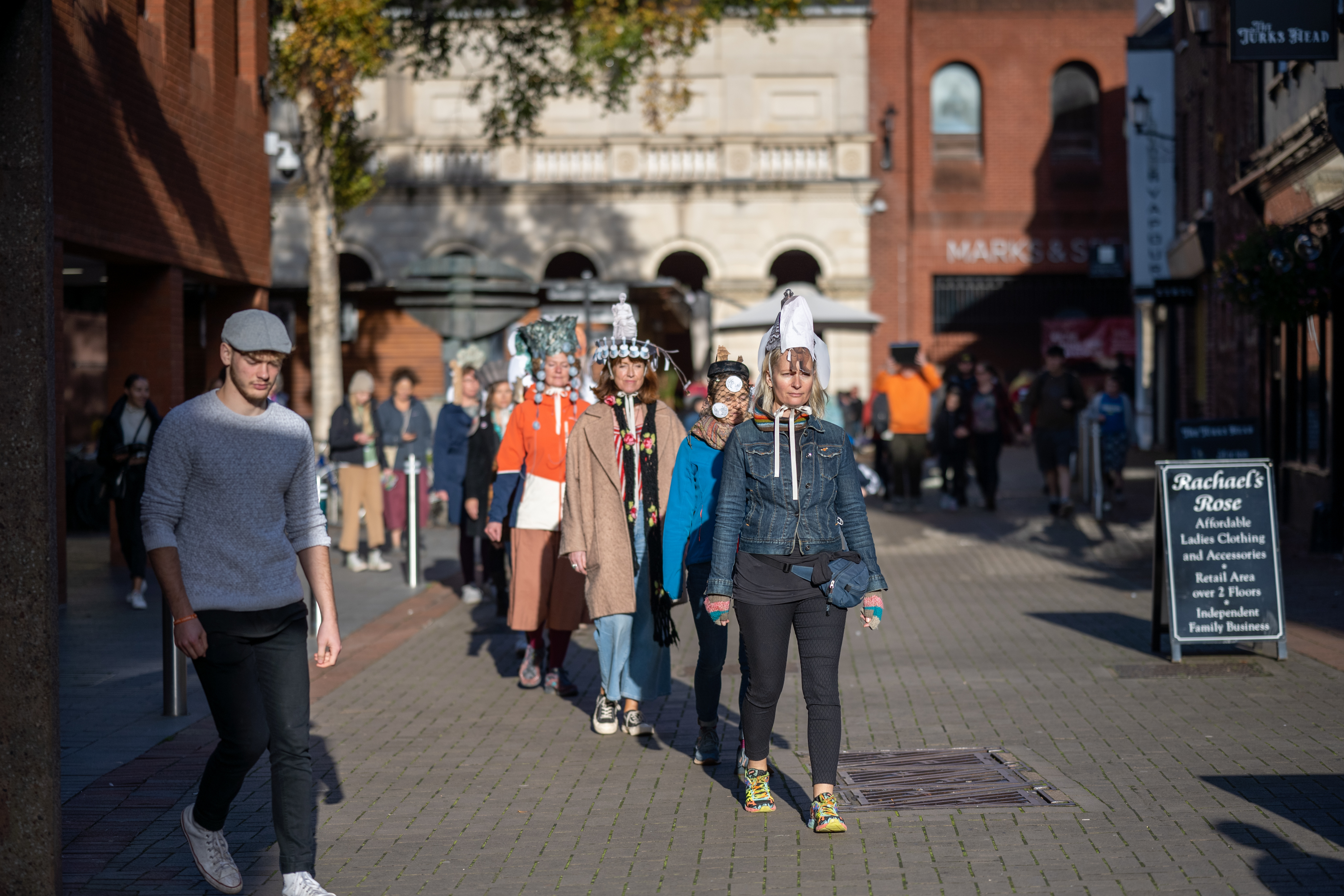
Chong Kwan was inspired by objects in the Roman collection at RAMM, and in particular the few that represent women, and those that give an insight into the little-known lives of women in Roman society, whose freedom and roles were severely restricted to the private realm, or who were often used as political symbols or moral ideals. As well as looking at images on coins in the Seaton Down hoard, Chong Kwan researched more lesser-known objects found in sites around Exeter, such as tiles in the form of female faces which were installed high on the roofs of the all-male Roman bathhouses, to delicately carved hair pins which were found on the sites of the Roman military fort. Drawing connections with the wider collection, Chong Kwan developed intricate cut, collaged, and hand-sewn photographic sculptures made from images of objects in the collection at RAMM and collected by her, through open calls and workshops, of images that are overlooked in the RAMM collection and objects of personal worth. Each headpiece is centred around on the histories and myths of women, bringing to life and celebrating those that were overlooked in positions of power, value, and worth in Roman society.
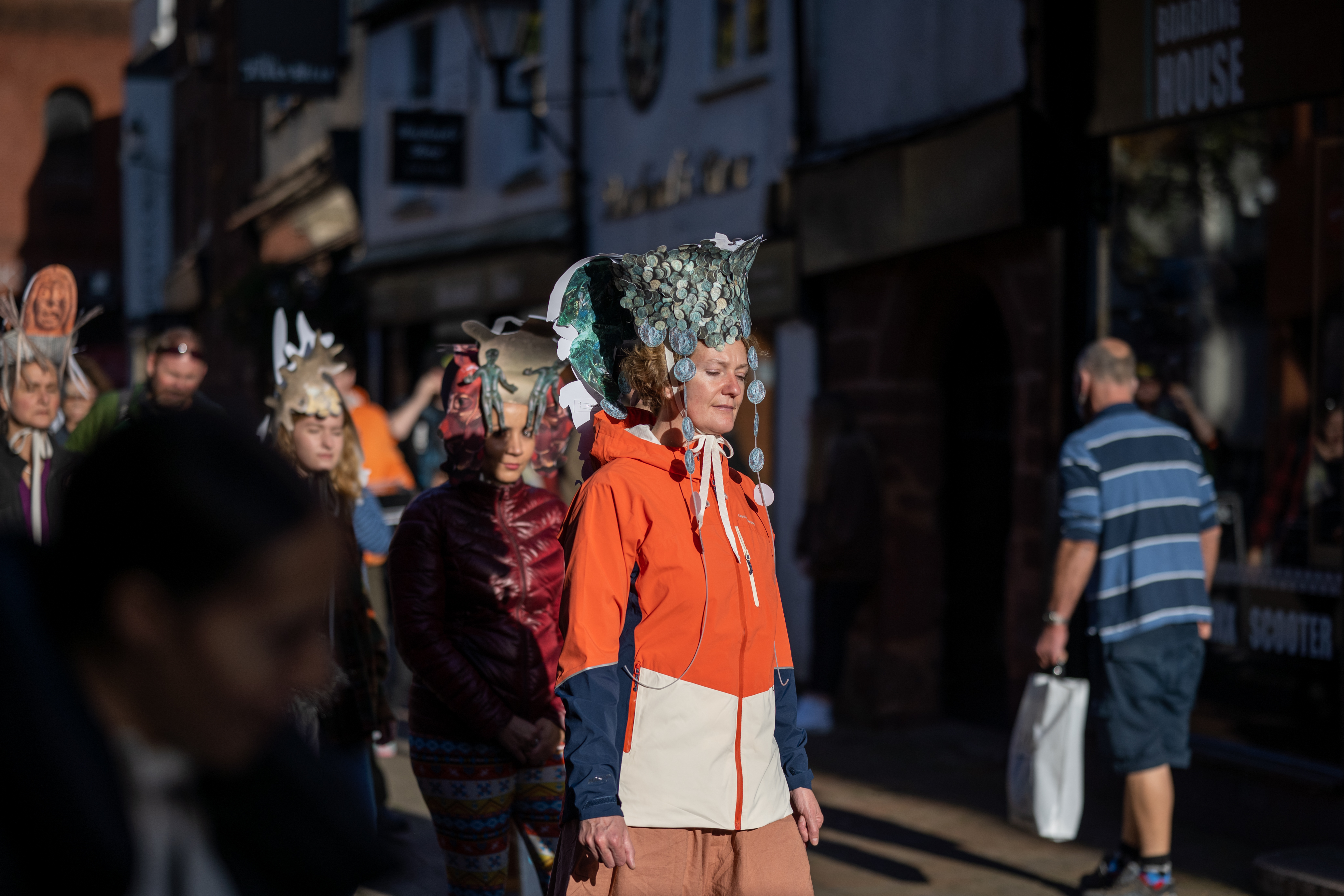

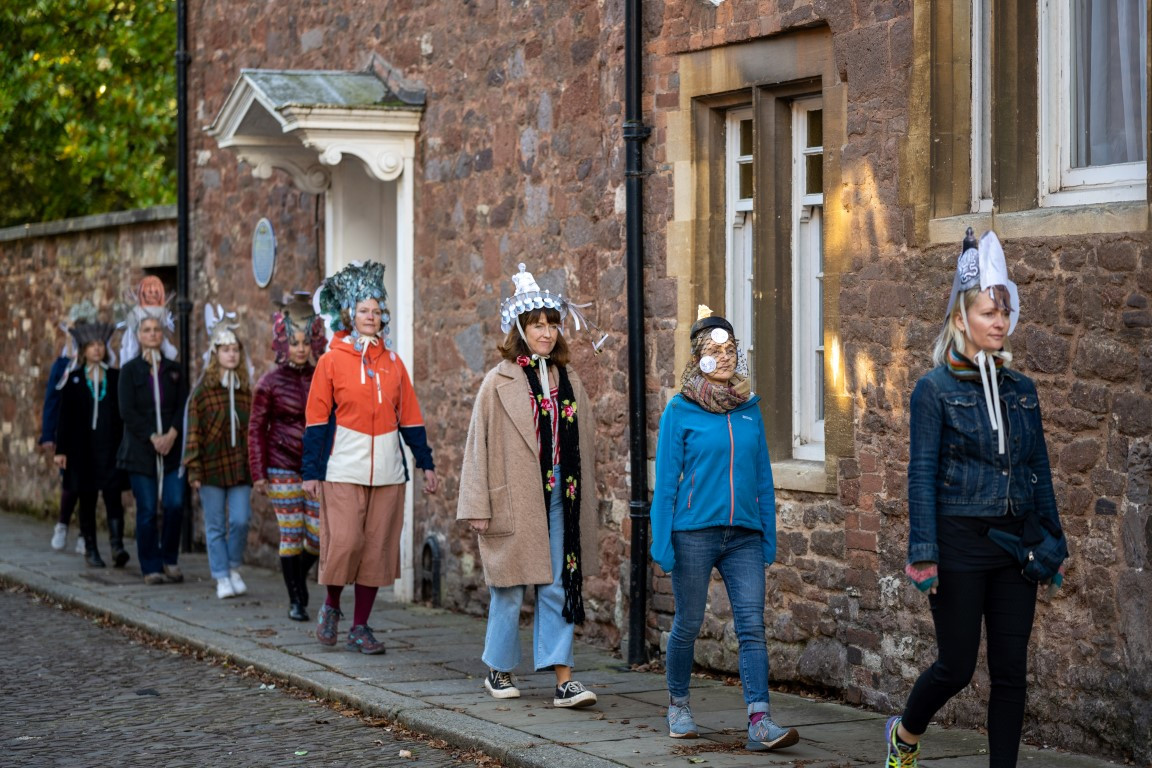
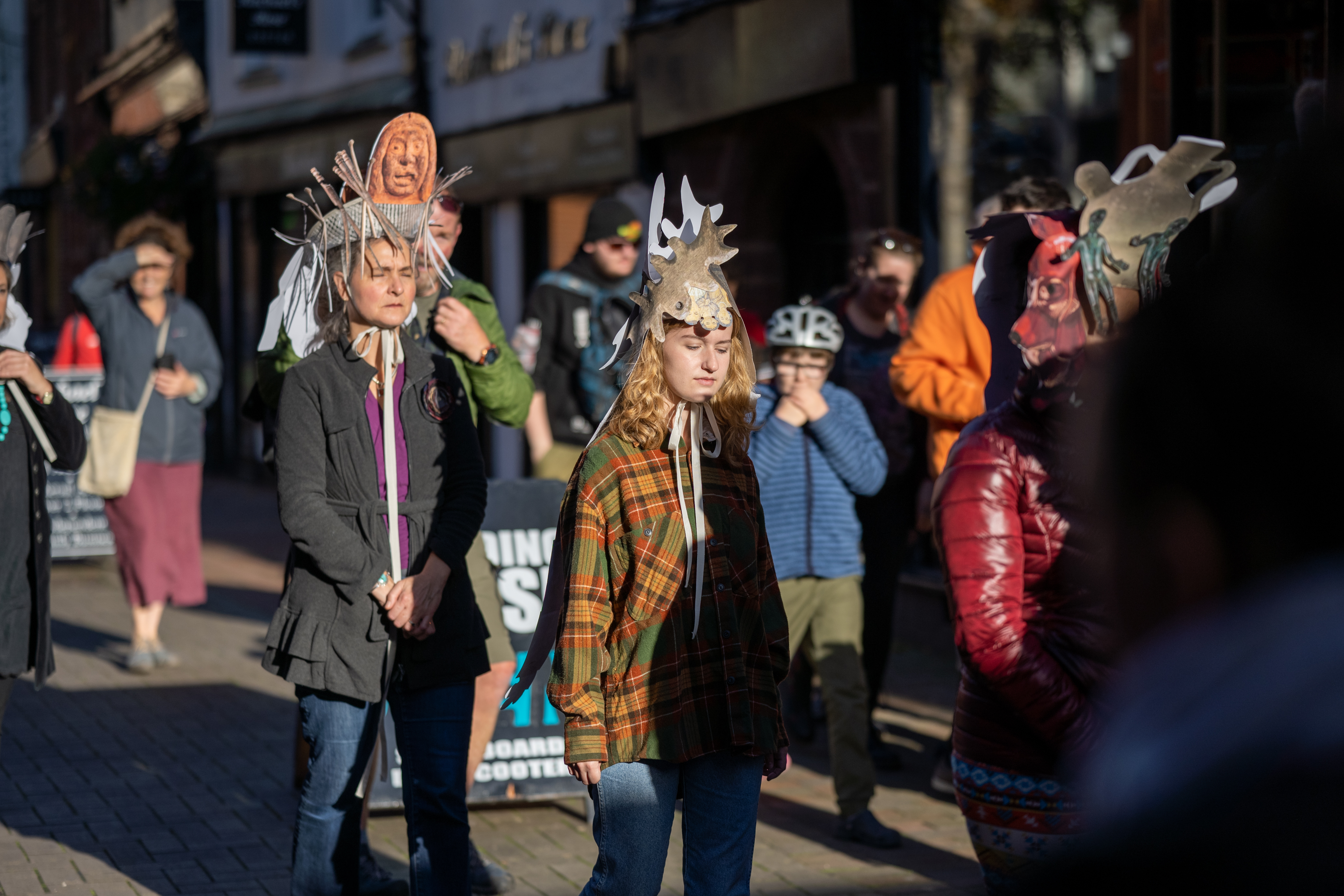
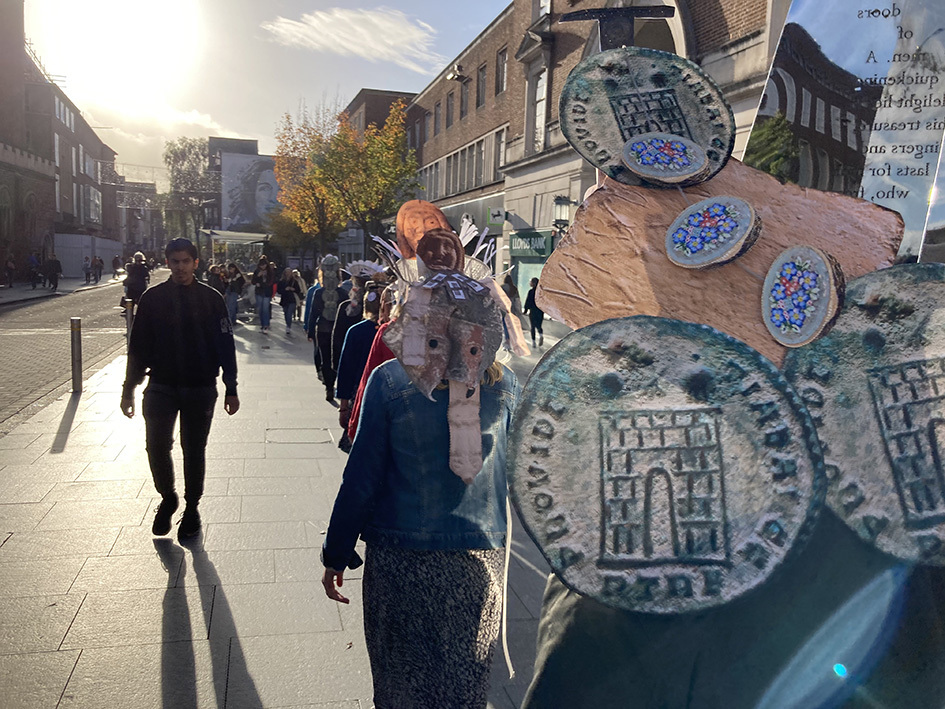
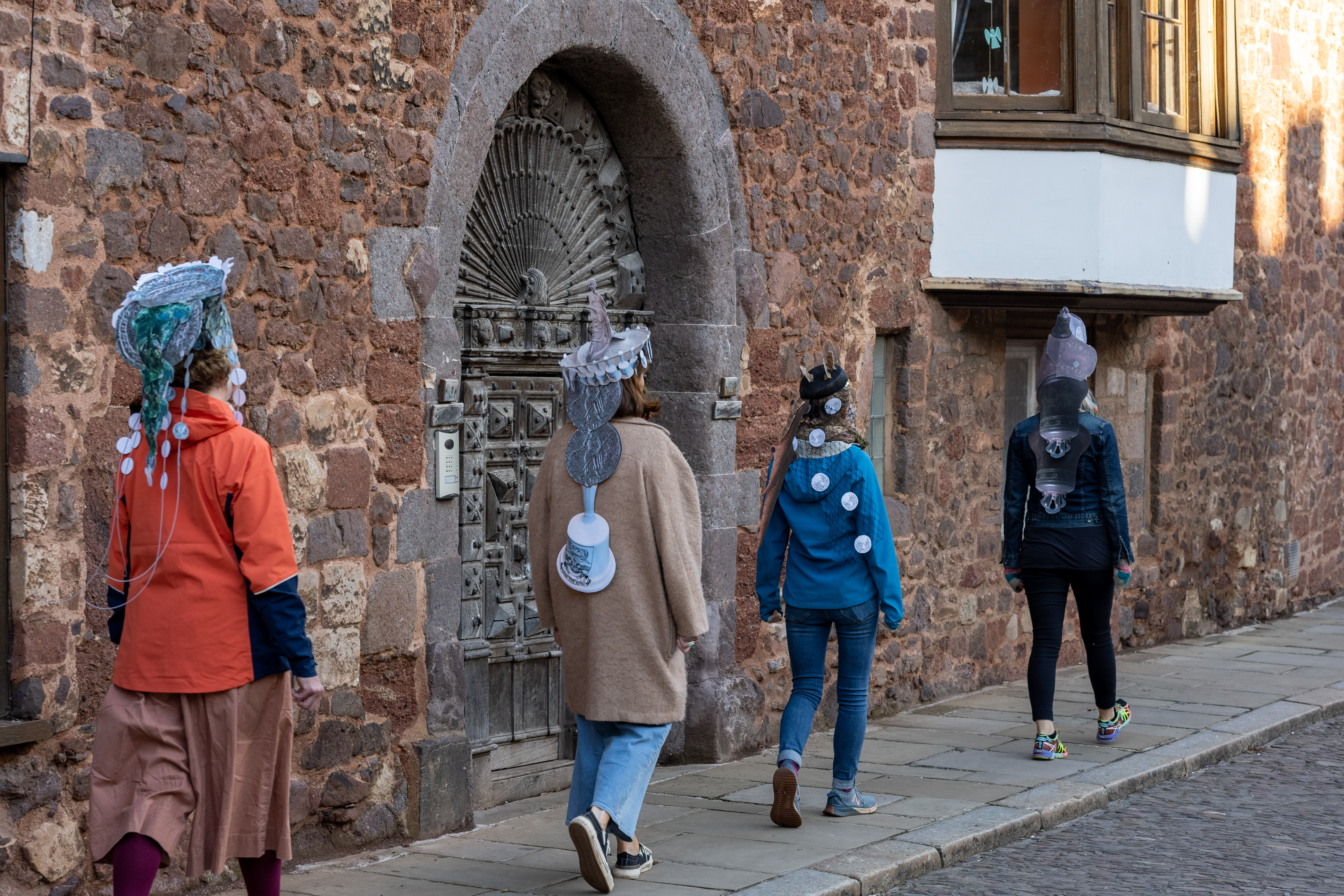
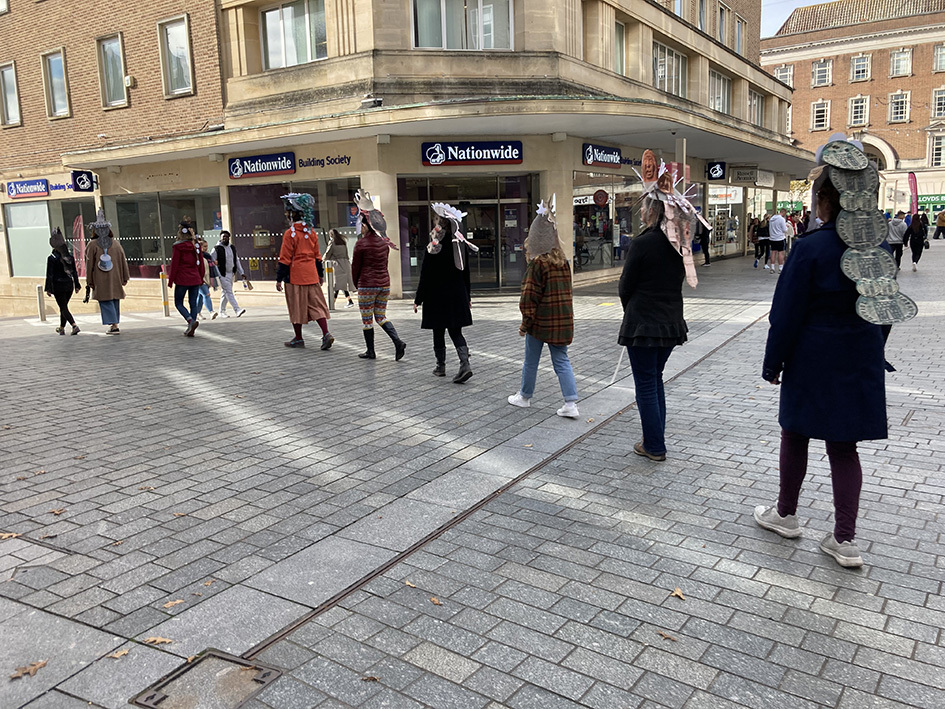
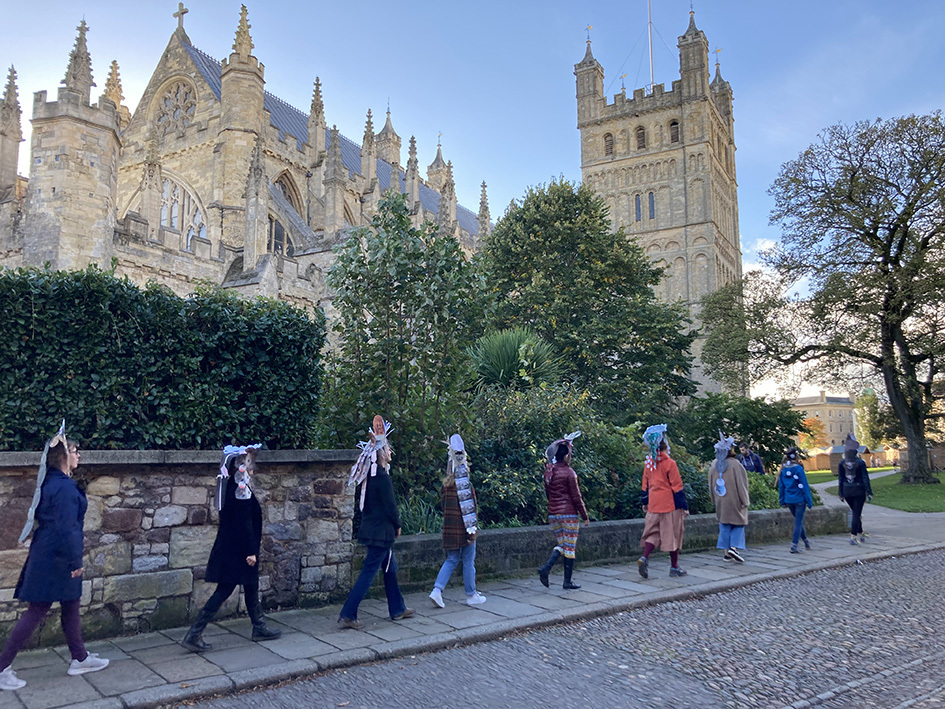
The Roman women that were the focus of Ovation (2021) were both real and not real, in that they were part of Roman history and yet many were based on myth, incorporated myth, or there was a lack of contemporary sources or evidence in relation to them. The works developed to be Agrippina, Aurelia, Claudia Quinta, Cornelia, Galla Placidia, Helena, Livia, Lucretia, Messalina, Octavia, Servilia, and Theodora.
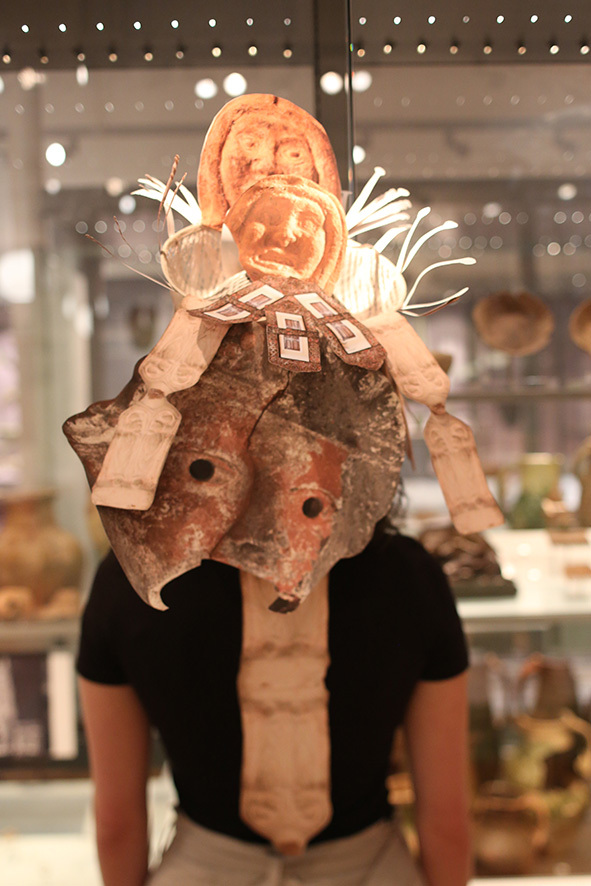
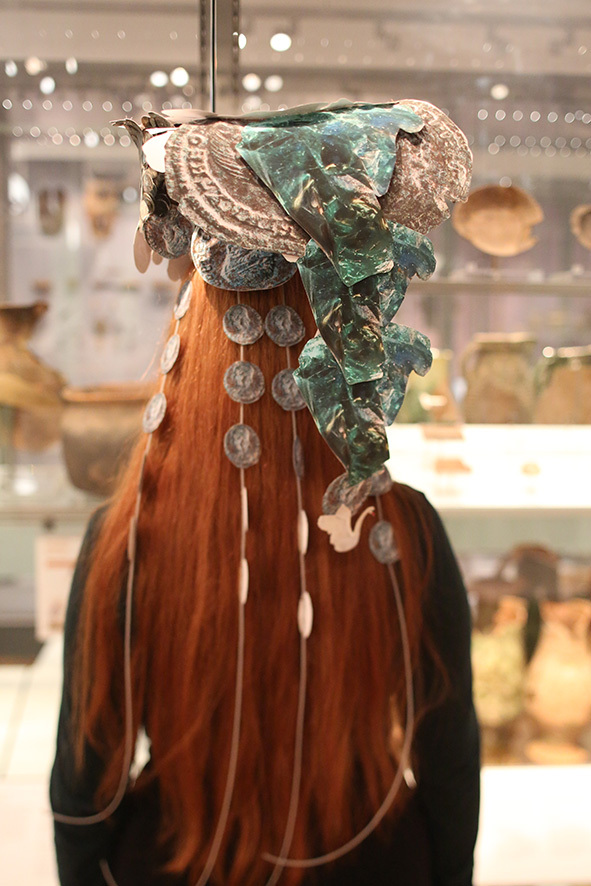
Lucretia
Her rape by Sextus TarquinIus, youngest son of the King of Rome Lucius Tarquinius, and her subsequent suicide started a rebellion that overthrew the Roman monarch and led to the transition to the Roman Republic, which lasted for over 500 years. Though there are no contemporary sources of this she became part of the myth and history of Roman Empire. Her story provides explanation for historical change in Rome through the recounting of a sexual assault of a woman.
RAMM Images - Bone hairpins, Rooftile in form of female face, statuette of a Roman Goddess
Personal Images - Mirror
Theodora
Two Theodoras. One is Theodora Flavia Maximiana Theodora (275-337 AD), who was a Roman Empress, wife of Constantius Chlorus. She had coins made in her image and was linked to piety. The other Theodora (490 – 548) was an Eastern Roman Princess due to her marriage to Emperor Justinian. She came from humble origins, reputedly as a prostitute then actress. Made her name for salacious portrayal of Leda and the swan.
RAMM Images – Roman Seaton Hoard coins, Roman Theodora coins
Personal Images – Swans, Crystal glass
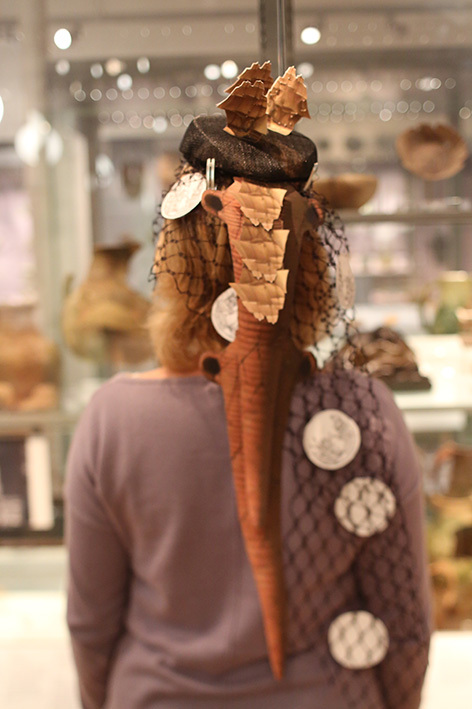
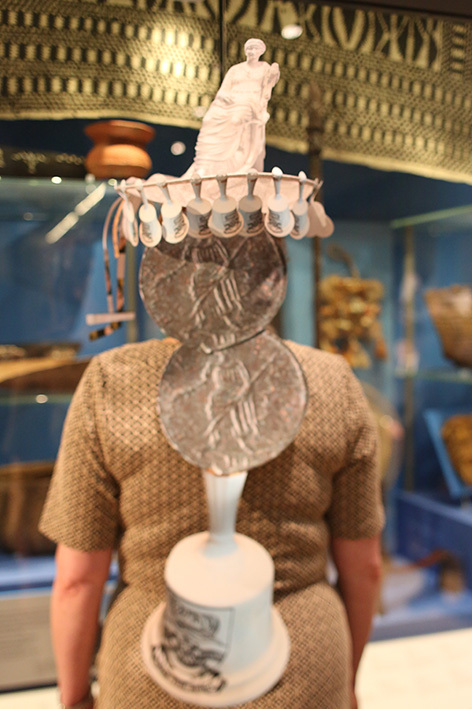
Claudia Quinta
She was accused of a lack of chastity but when a ship got stuck on the River Tiber, she invoked the Goddess Cybele who saved the ship. Entered into myth of Roman history, perhaps based on real person.
RAMM Images – ‘A Ship of the Line off Plymouth’ by Thomas Luny, c. 1817, Roman carrot amphora
Helena
Mother of Roman Emperor Constantine the Great. Born outside the noble class she was an important figure in history of Christianity. In later years she made religious tours of Syria, Palestine and Jerusalem. Supposedly found the True Cross. AD 246.
RAMM Images – Roman coins bearing image of Helena
Personal Images – Ceramic bell
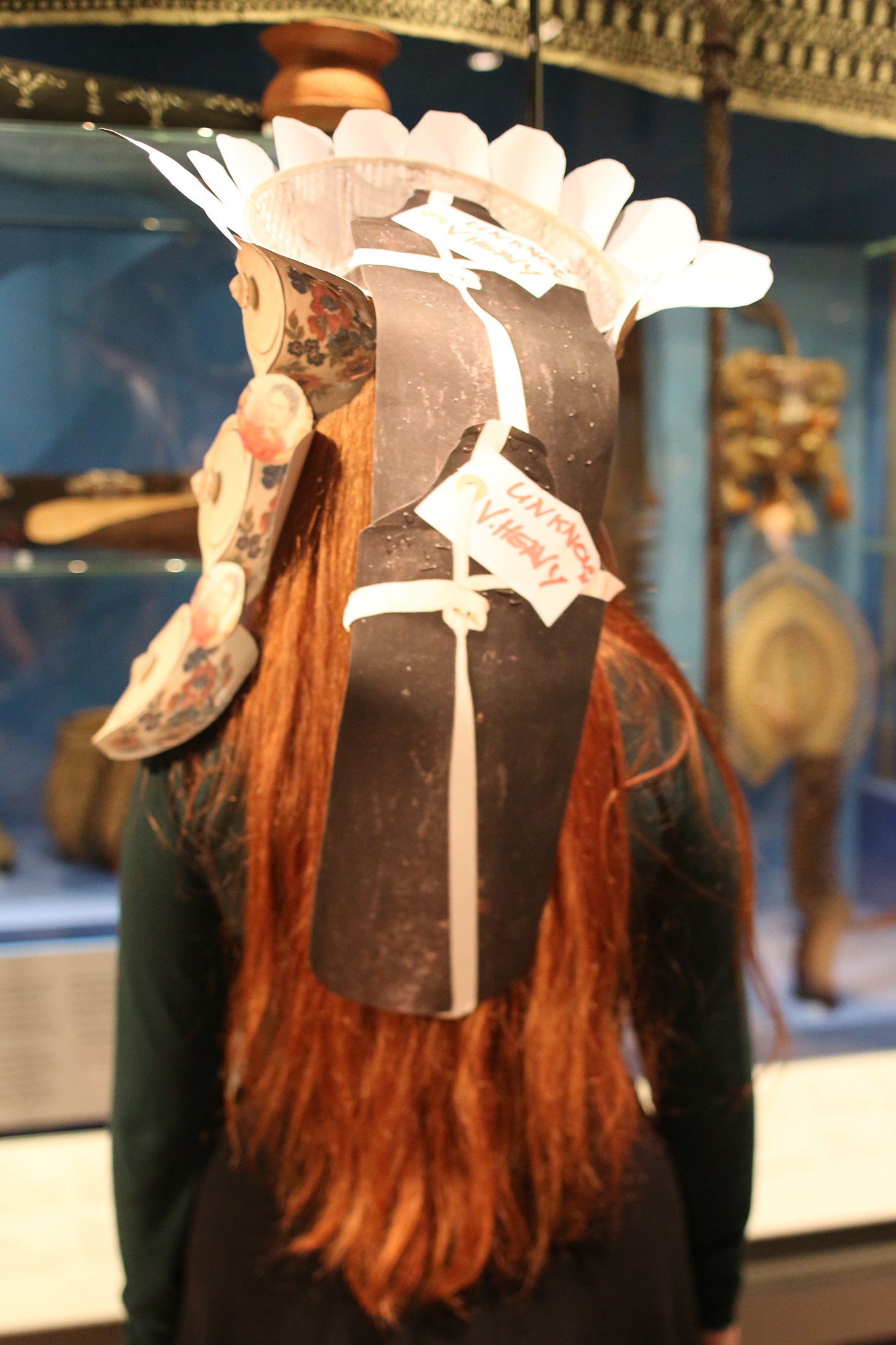
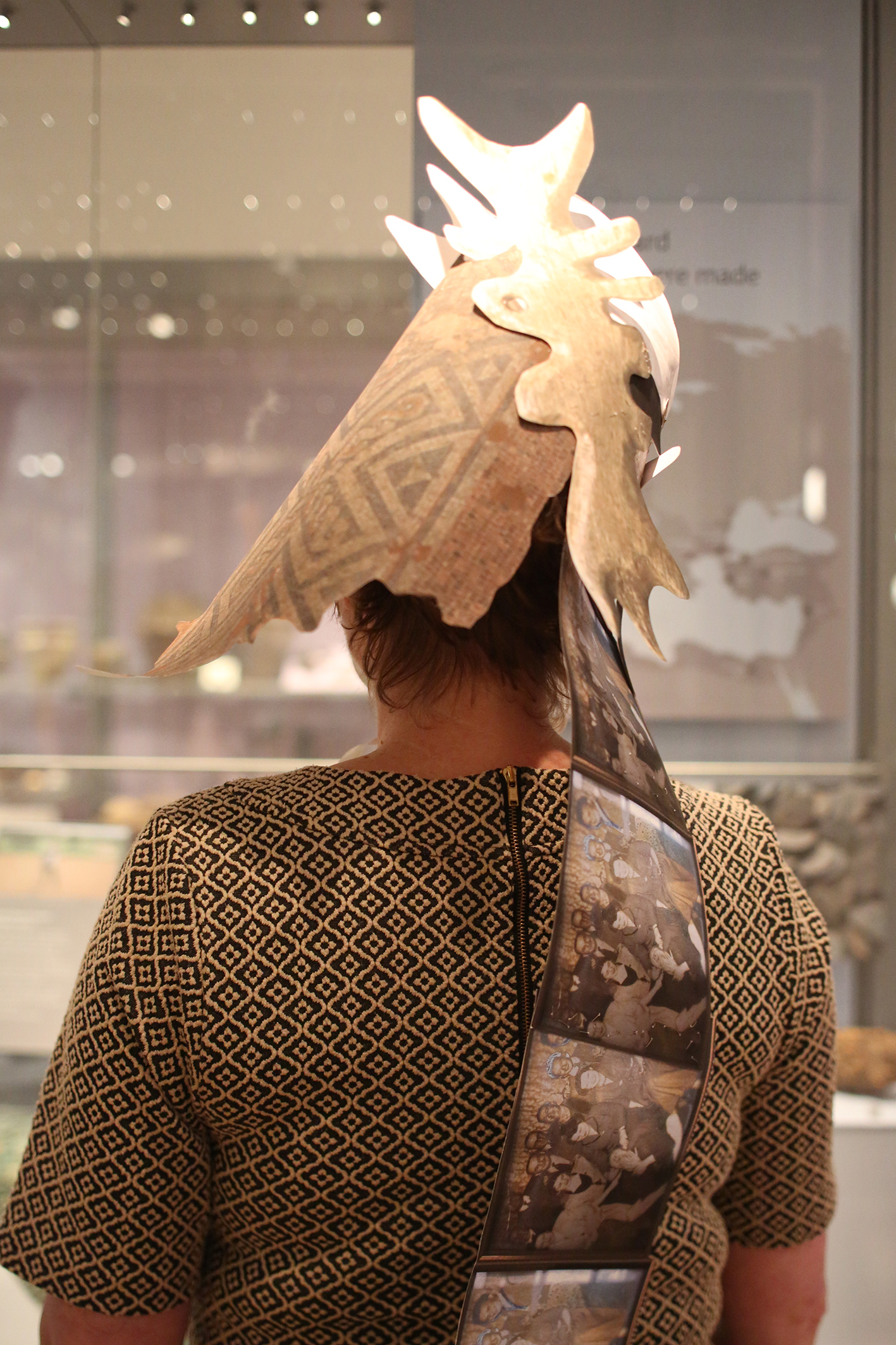
Agrippina
Behind the scenes advisor (AD59) to son Nero, was ambitious. She was suspected of poisoning her second husband, Passienus Crispus, in 49. RAMM Images – Roman Lyon ware cup
Personal Images – ceramic dog, ceramic bowl with lid, images of Frida Khalo
Galla Placidia
Galla Placidia (born c. 390—died Nov. 27, 450) daughter of the Roman Emperor Theodosius I, was a mother, tutor, and advisor to emperor Valentinian III and a major force in Roman politics for most of her life. She managed government administration as a regent during reign of Valentinian III.
RAMM Images – Lyon ware cup, tactile coastal map made from Caribou antler, Roman mosaics
Personal Images – family photograph
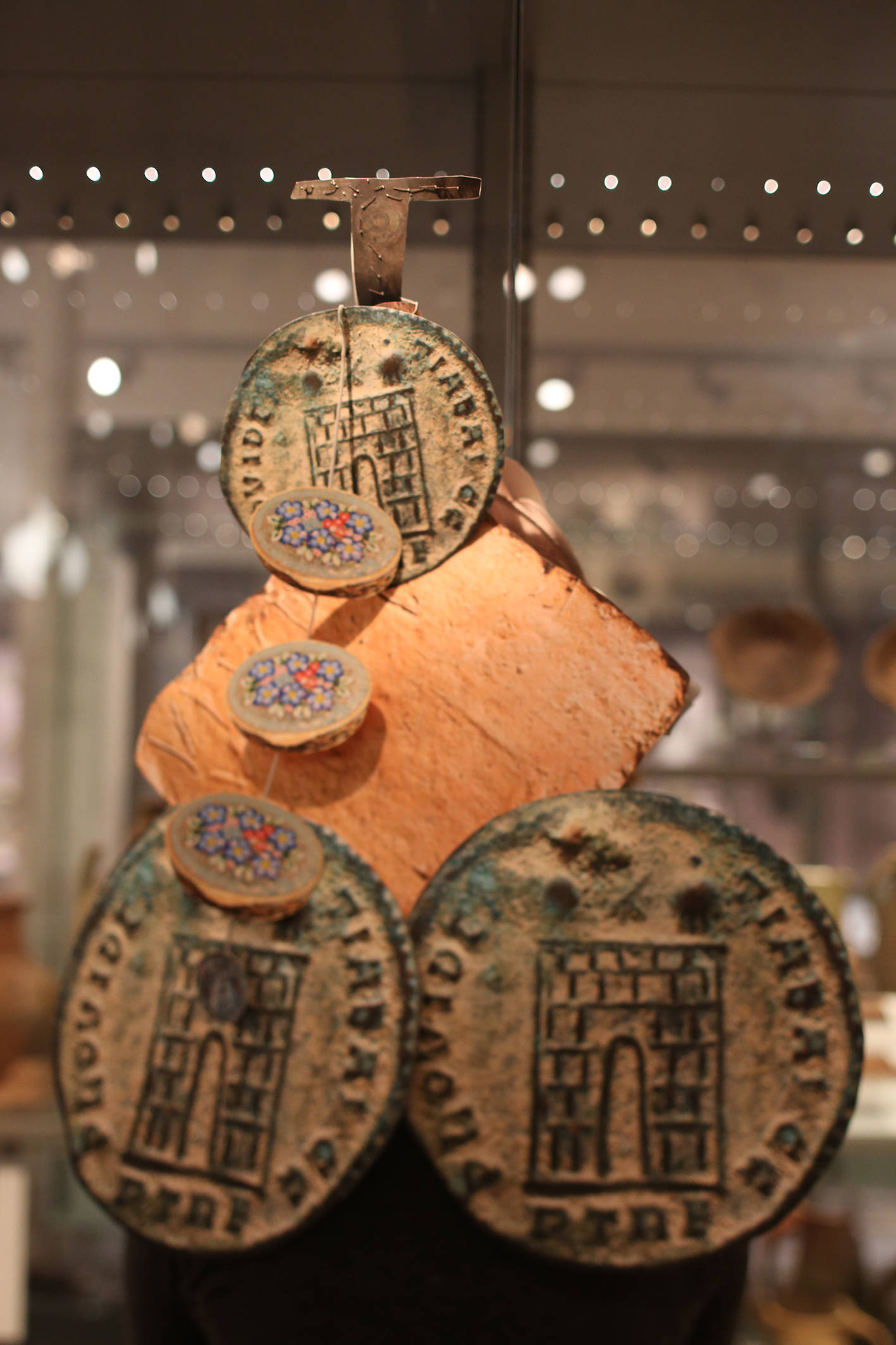
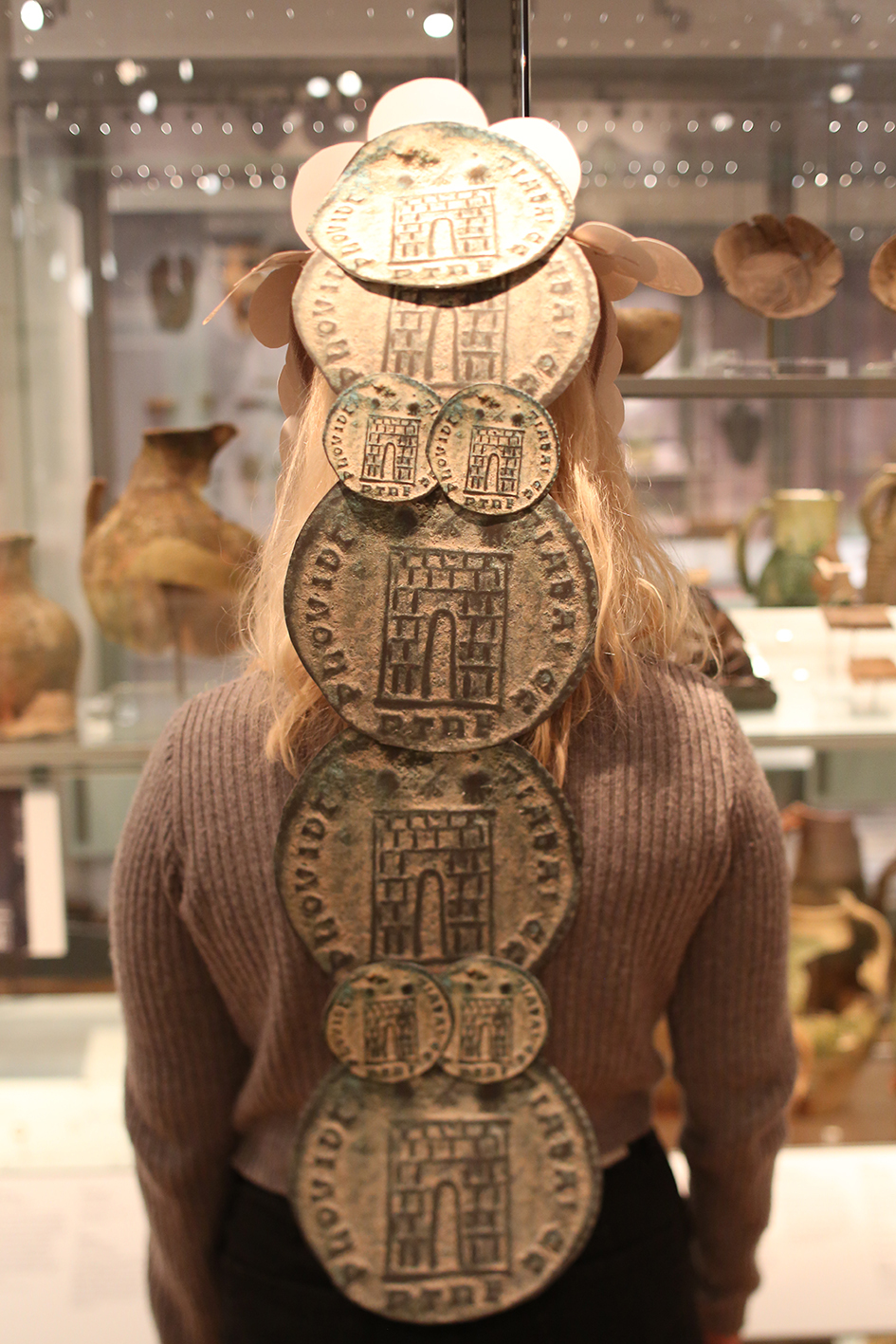
Servilia
Roman matron from a distinguished family, mistress of Julius Caesar, whom her son Brutus would assassinate. Servilia's opinions were often held in higher esteem than those of Cicero during meetings of the liberatores. She focused her political efforts on strategic marriages for her daughters and helping create her political career for her son Brutus.
RAMM Images – Roman gaming counter, Roman coin of Exeter, Roman metal brooch, Roman tile
Personal Images – Precious case of metal and glass
Livia
Confidente and counsellor, Roman Empress 2BC – 14AD. Wife of Emperor Augustus. Despite wealth and power she lived modestly, made her own clothes, and her husband let her have her own finances.
RAMM Images – Seaton Down hoard coins, Exeter coins
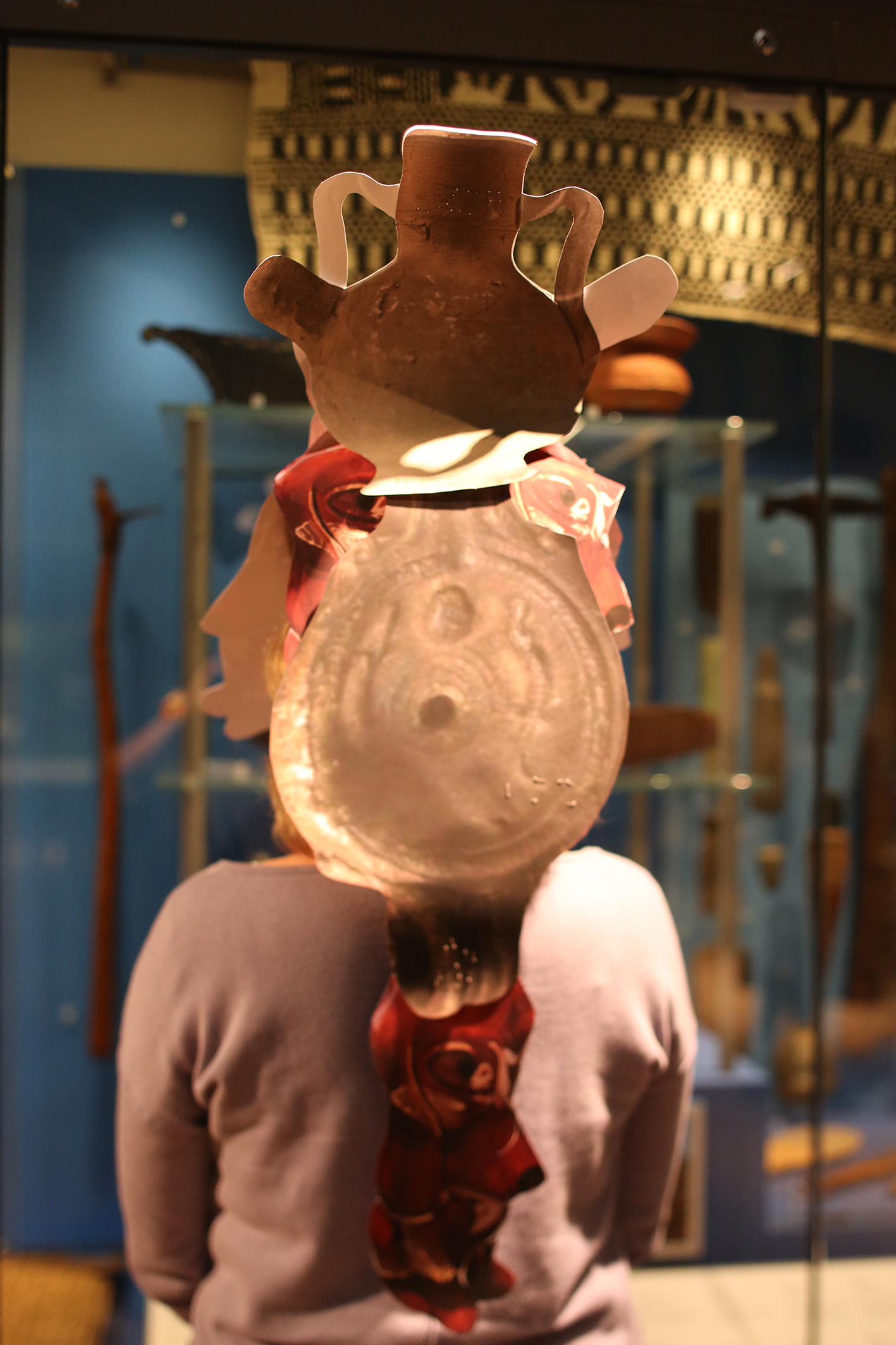
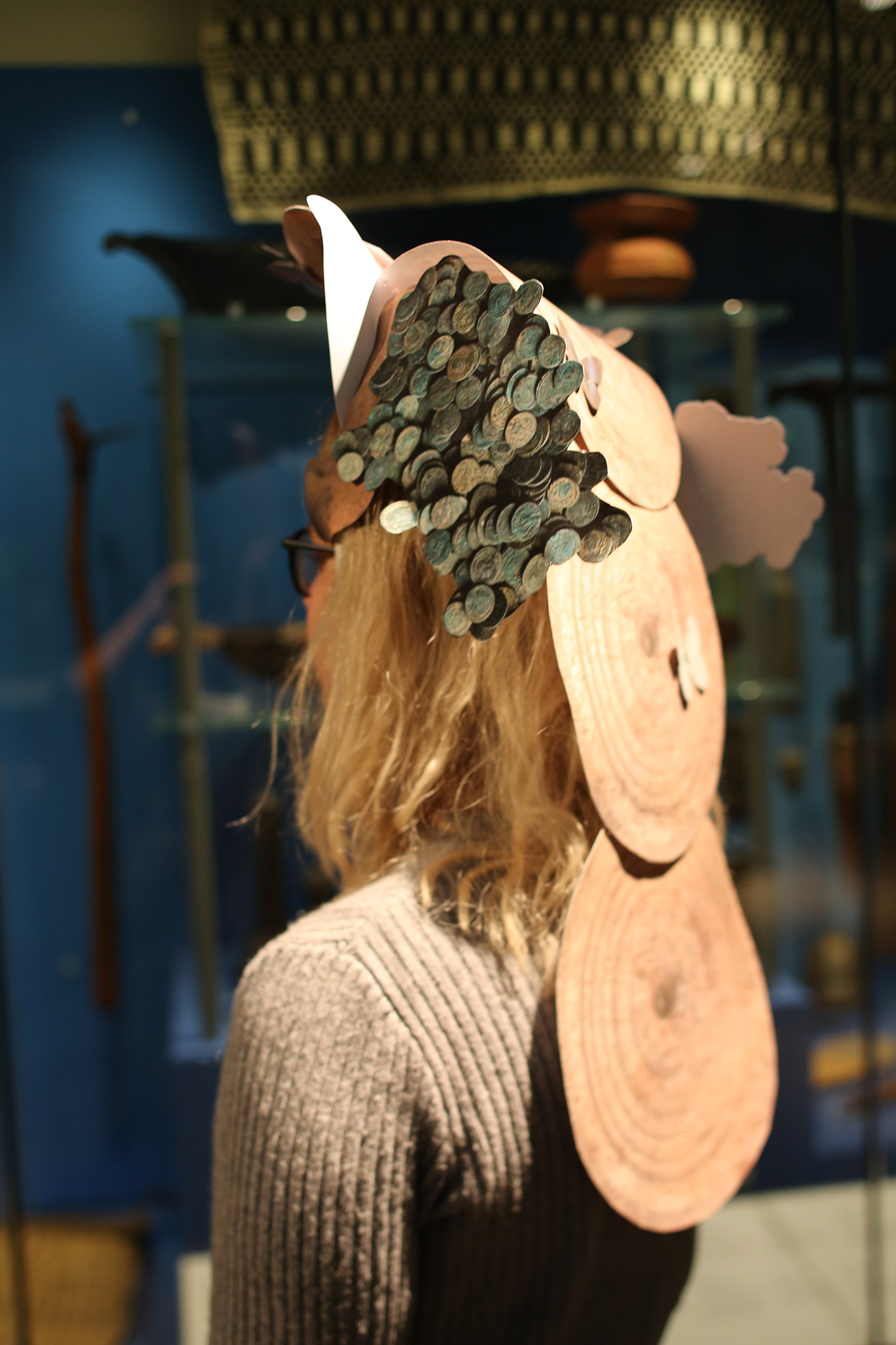
Aurelia
(c. 120 BC – July 31, 54 BC) was the mother of Julius Caesar. Highly intelligent, independent and renowned for her beauty and common sense, Aurelia was held in high regard throughout Rome.
RAMM Images – Roman spouted jug with handle, Roman oil lamp, Roman figurine
Personal Images – Ceramic dog
Messalina
(17/20–48) third wife of the Roman emperor Claudius. A powerful and influential woman with a reputation for promiscuity she allegedly conspired against her husband and was executed on the discovery of the plot. Senate ordered a damnatio memoriae to erase all mention of her from the public sphere, name was gouged from inscriptions and even from coinage.
RAMM Images – Roman gaming counter
Personal Images – Butterflies collection
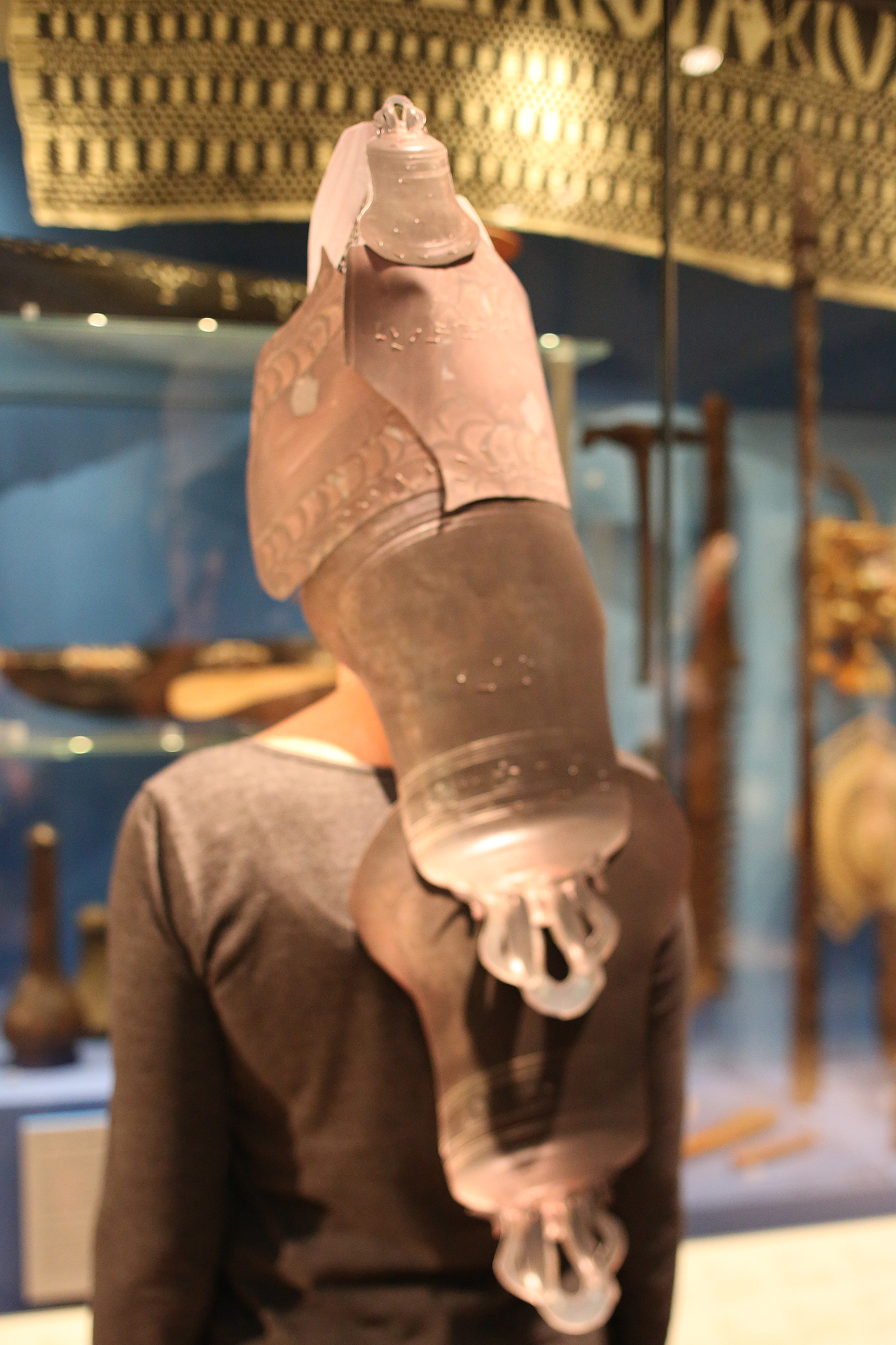
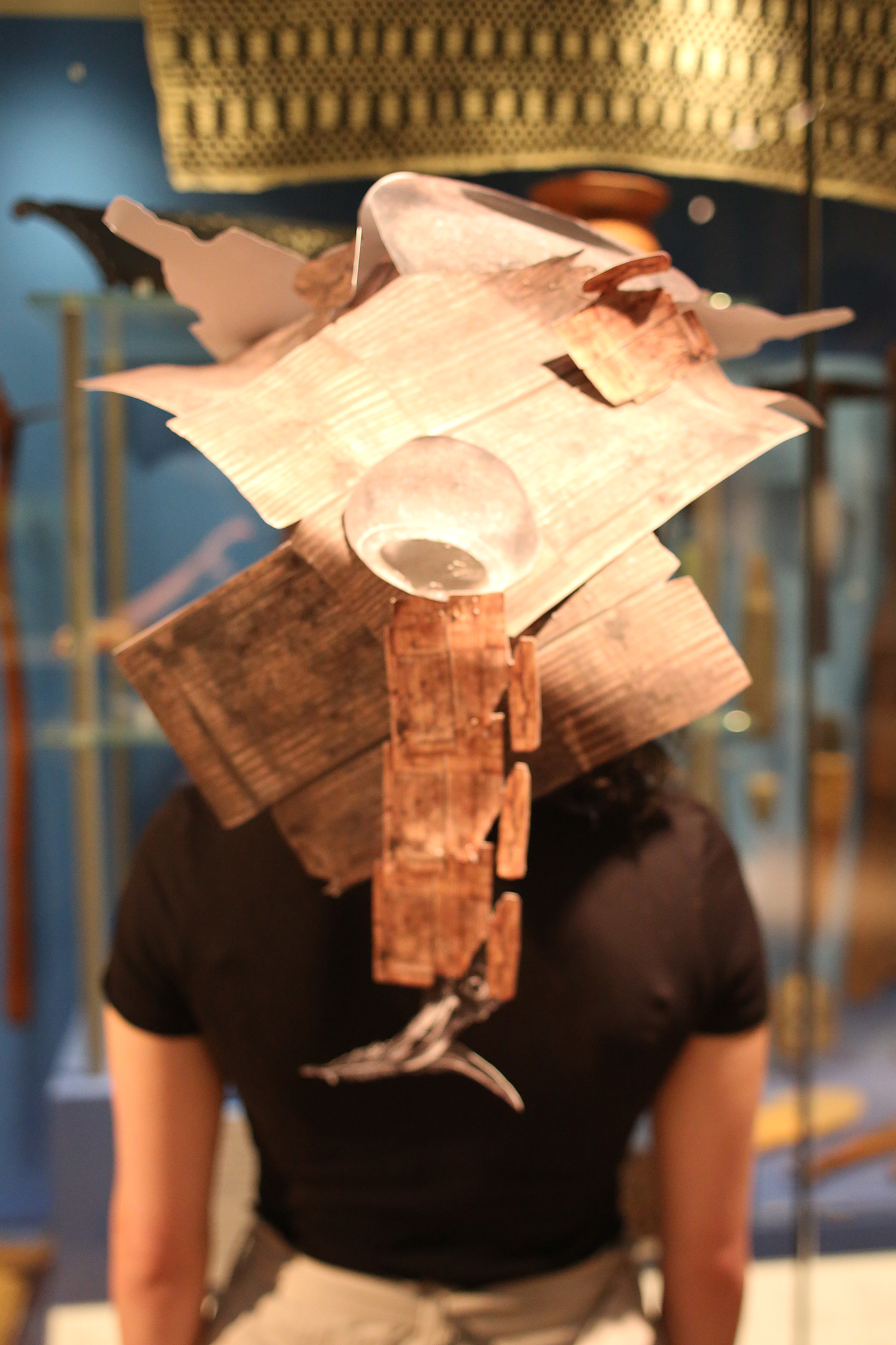
Octavia
Elder sister of first Roman Emperor Augustus (69/66–11 BC). Known for loyalty, nobility and humanity, and for maintaining traditional Roman feminine virtues. Married Mark Anthony as his fourth wife. She was one of the first Roman women to have coins minted bearing her image.
RAMM Images – Roman indented beaker fragment, bell by Robert Norton of Exeter, who became a freeman of the city in 1423, Roman indented beaker, covered figure from RAMM stores
Cornelia
(c. 190s – c. 115 BC) She had an interest in literature, writing, and political careers of her sons. The manuscripts of Cornelius Nepos the earliest Latin biographer (ca. 110-24 BC) include excerpts from a letter supposedly composed by Cornelia to Gaius (her younger son). If the letters are authentic, they would make her one of only four Roman women whose writings survive to the present day.
RAMM Images – Roman pottery inkwell, Roman writing tablet, Ichysaurus fossilPersonal Images – Artist Larry Vienneau logo for Mym
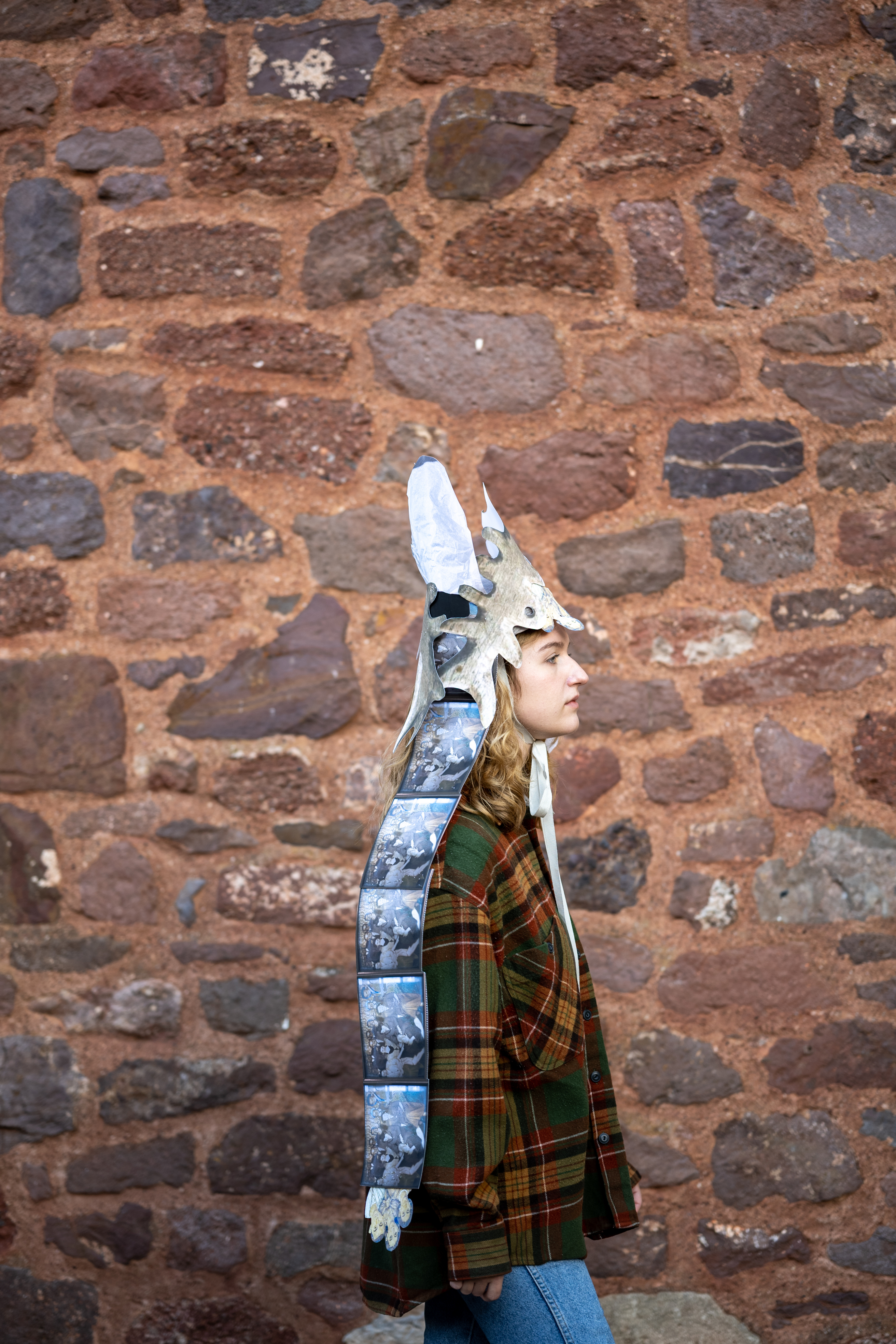
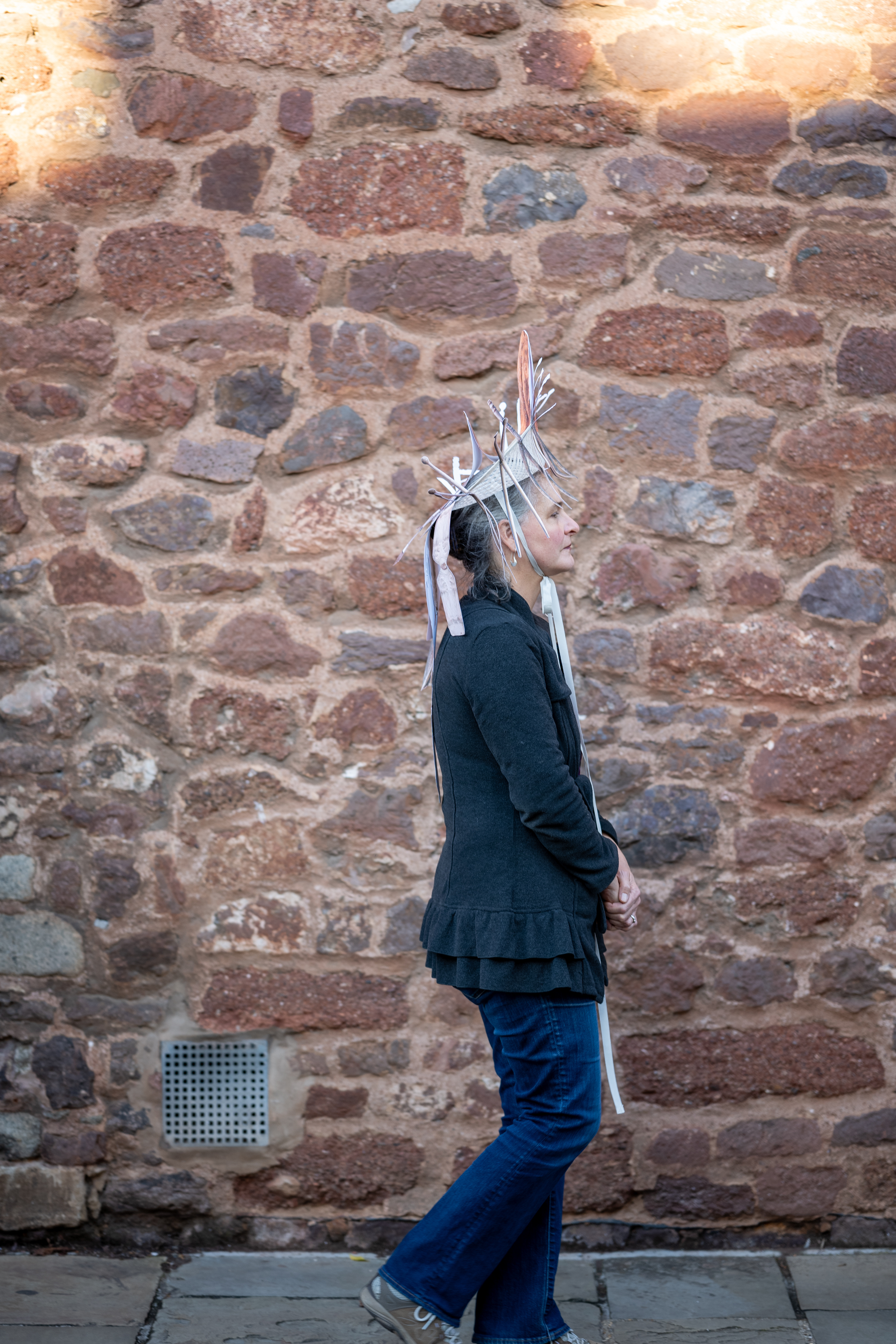
I was interested in thinking about what histories and lives do not have presence in the collection. I wanted to focus on objects in RAMM’s Roman collection that had largely been found in sites in and around Exeter itself. I became interested in the way in which women’s perspectives and histories are largely absent from the Roman collection at RAMM, a situation that is echoed in Roman history more widely. There are very few objects in RAMM’s collection that relate to, are made by, or which represent women in Roman society. Objects include some coins that bear images of women in the Seaton Down Hoard, which consists of 22,888 Roman coins that were found close to Exeter. Other objects include a clay tile in the form of a female face that was installed on the roof of the all-male Roman bathhouse in Exeter. There are also 20 carved hair pins made from bone that would have been worn by women and which were found on the site of the Roman military fort in Exeter.
Gayle Chong Kwan
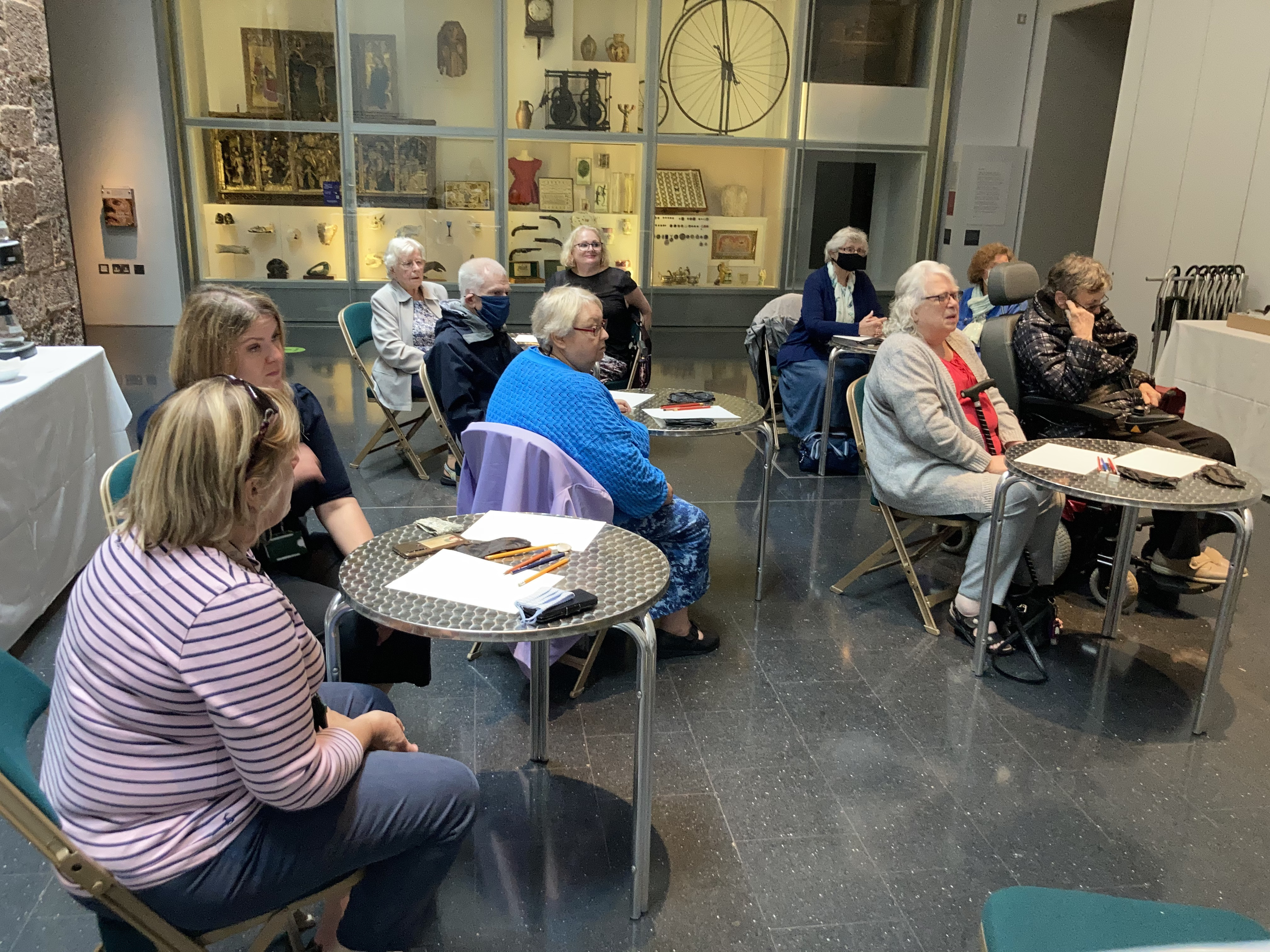
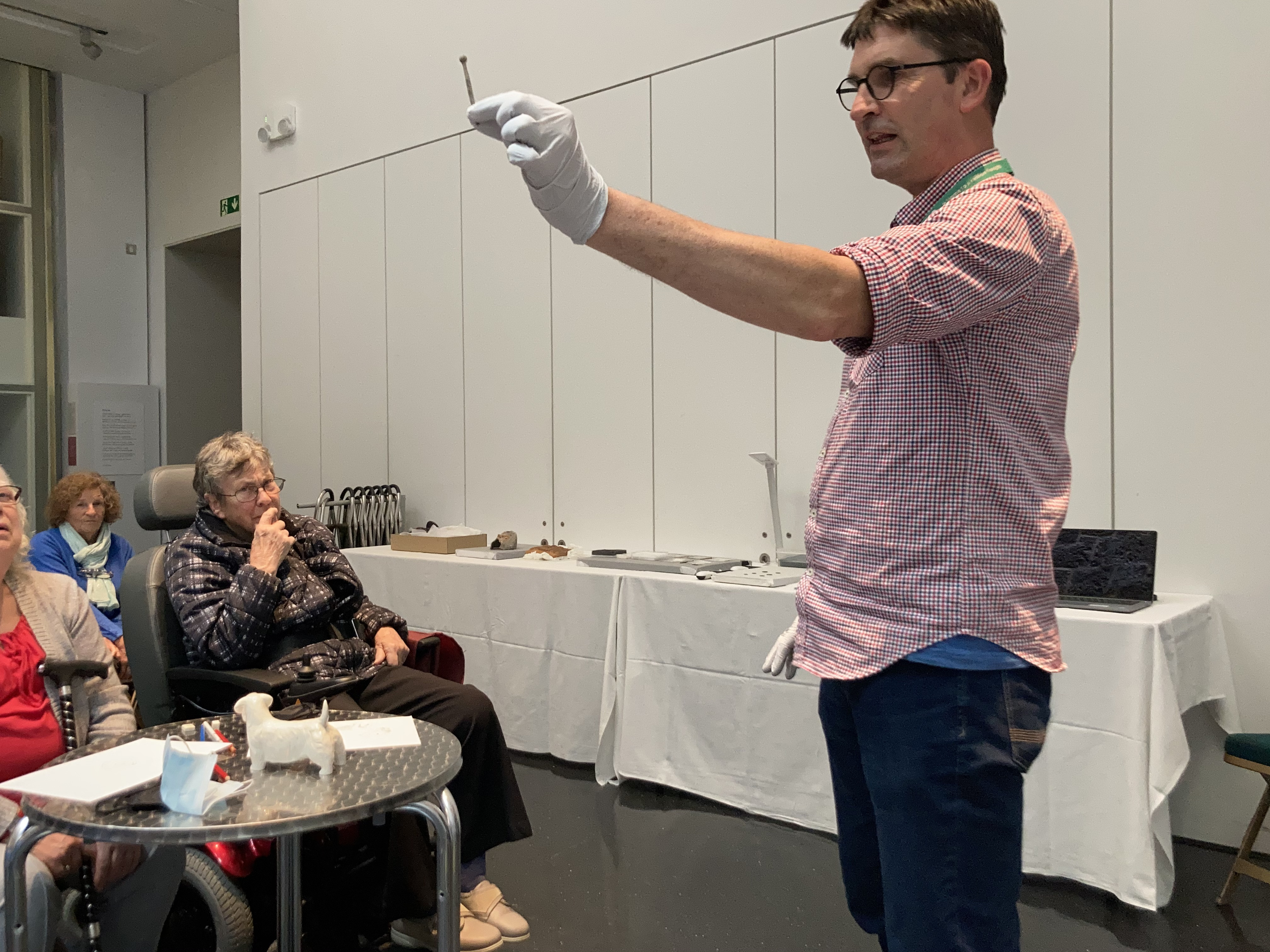
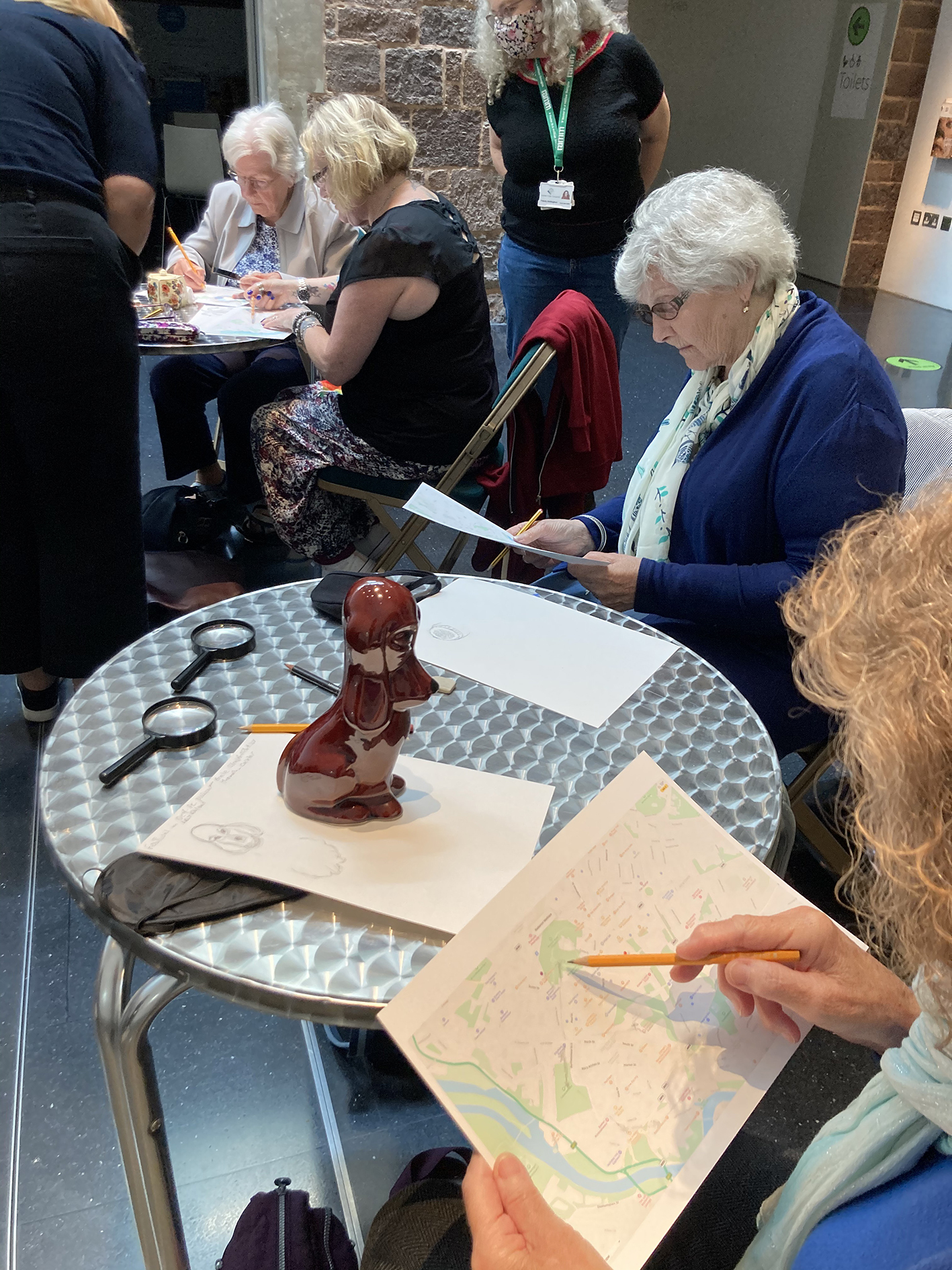
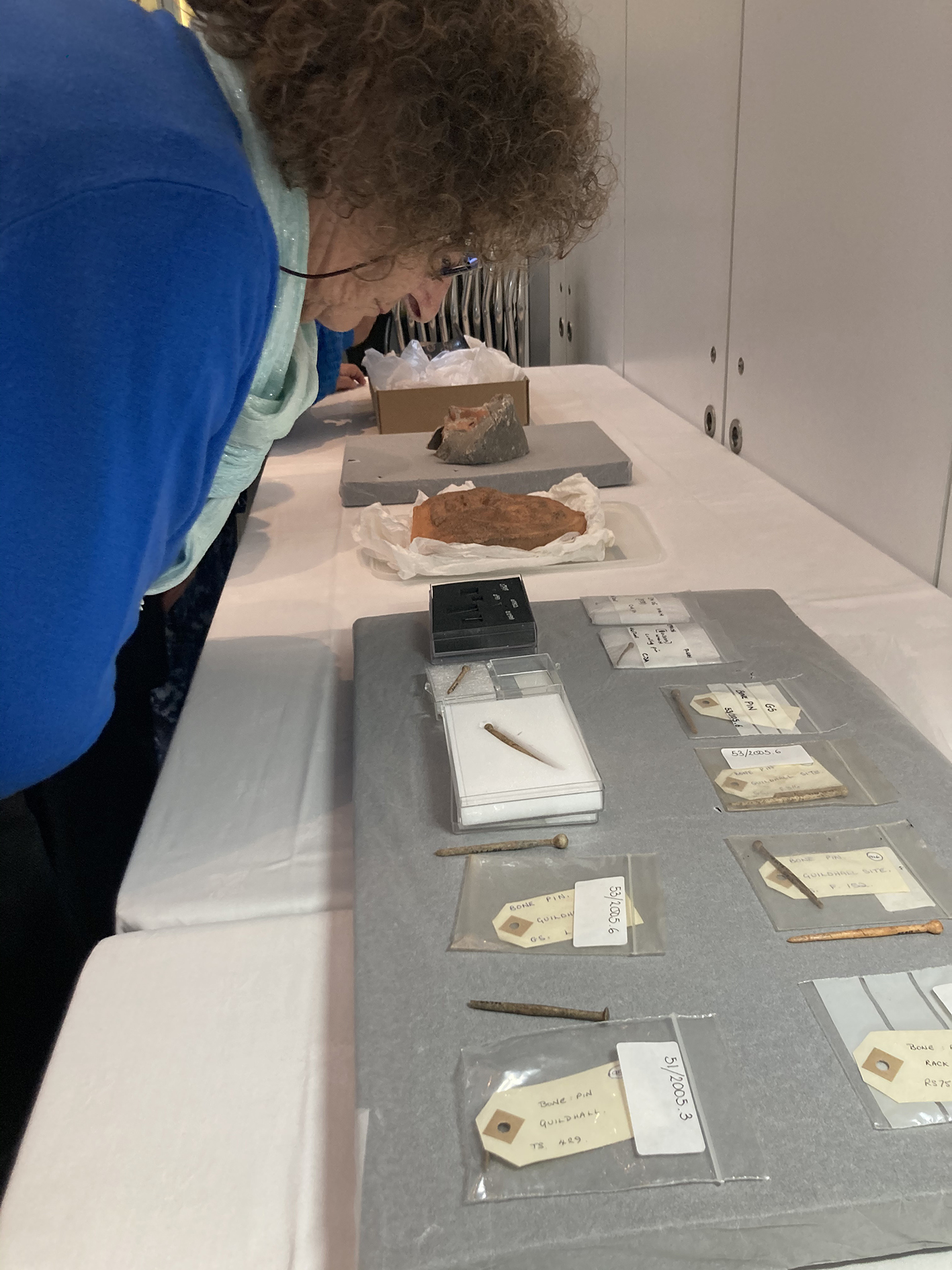
Thanks to processors:
Catherine Bartle
Janis Blacklaw
Emma Cayless
Niamh Canning
Rachel Collett
Eliza Getman
Ruth Gidley
Nikkie Huddart
Darren Ketteringham
Milikza Hernandez
Gabby Hoad
Lydia Jacobs
Zoe Murphy
Michael Parker
Mathhew Shepperd
Felicity Shillingford
Tanya Todd
Sophie Yarde-Buller
Thanks to Helen Hartstein, Thomas Cadbury, Lara Goodband at RAMM.
Curated by Rob Bowman
